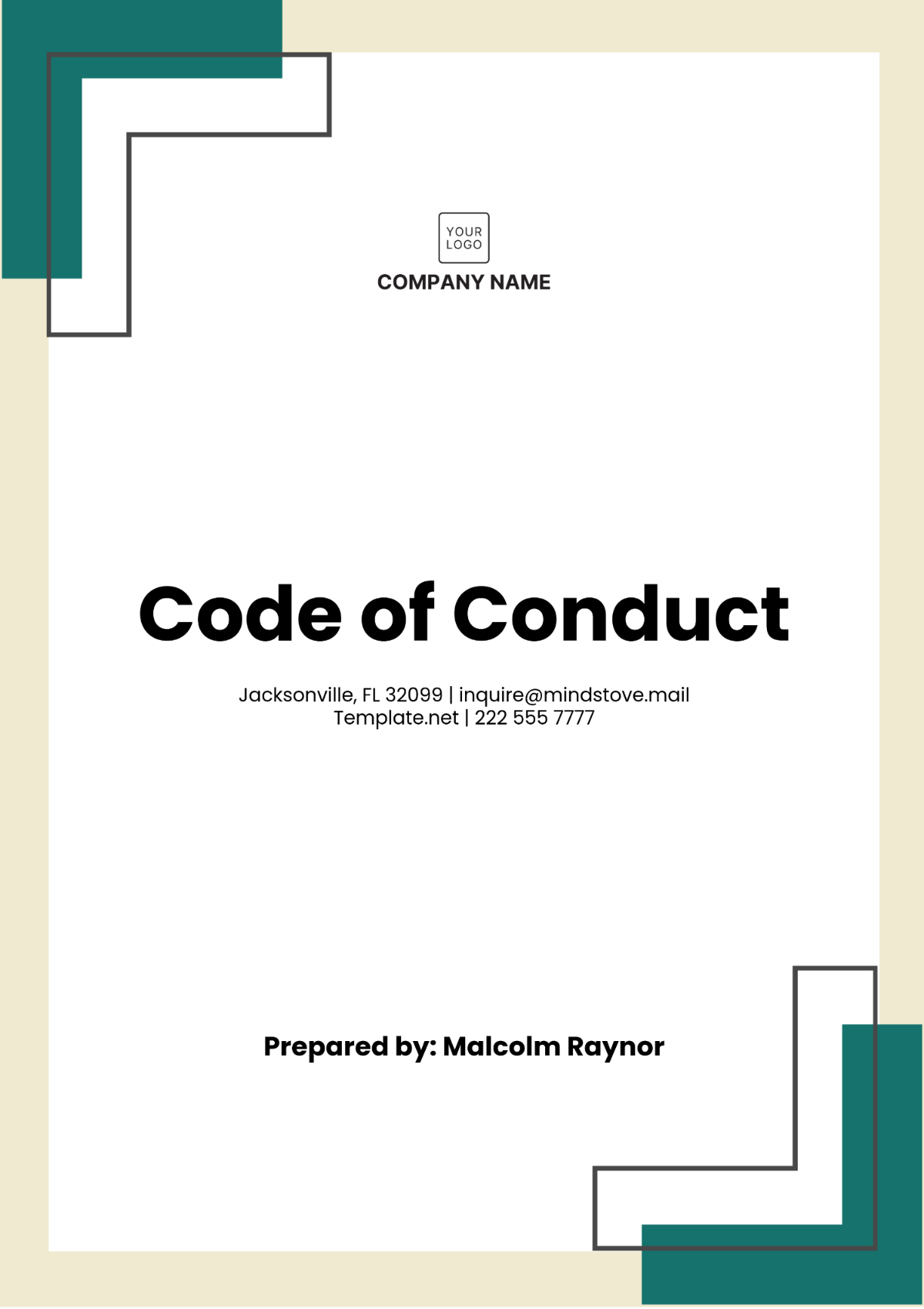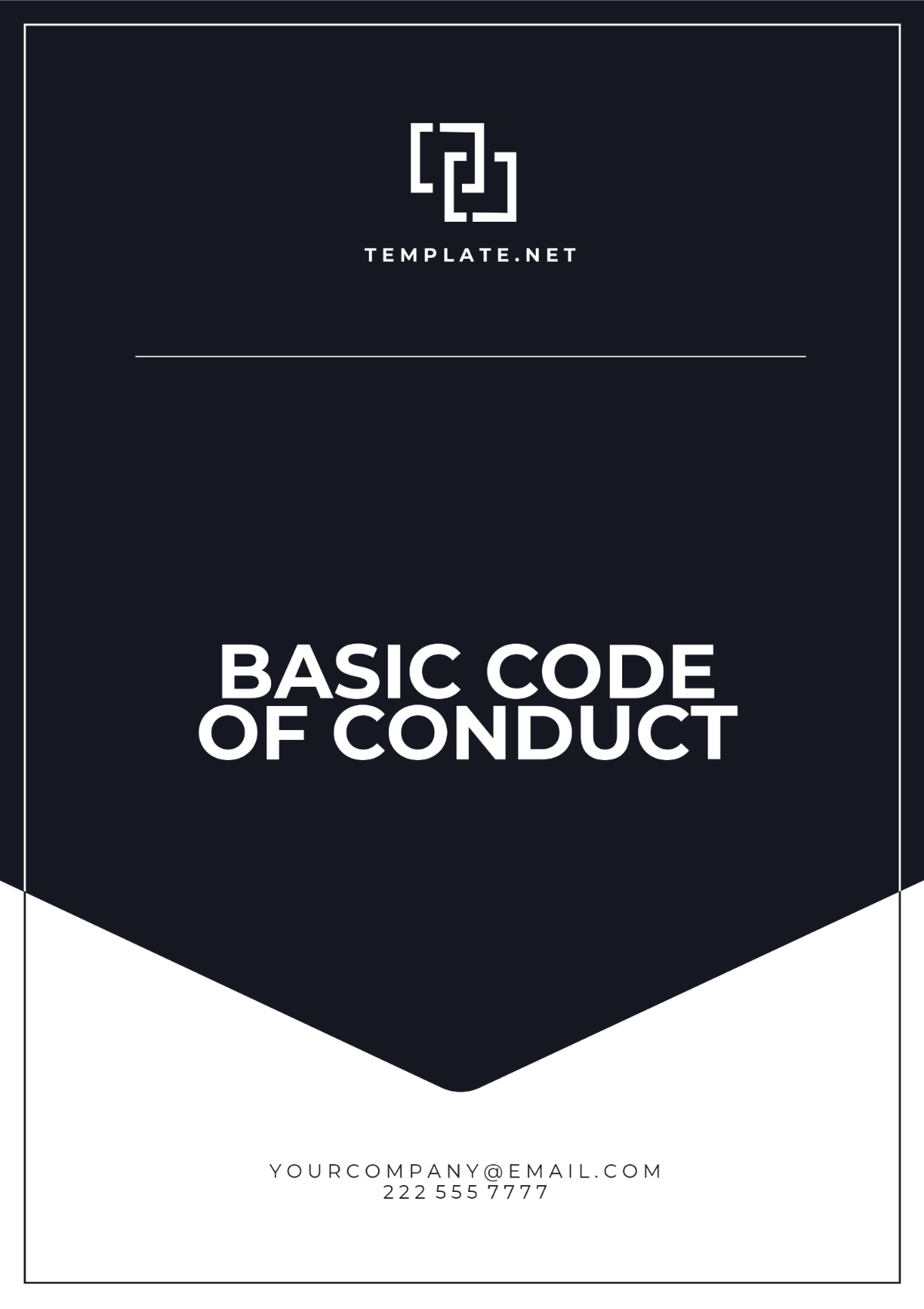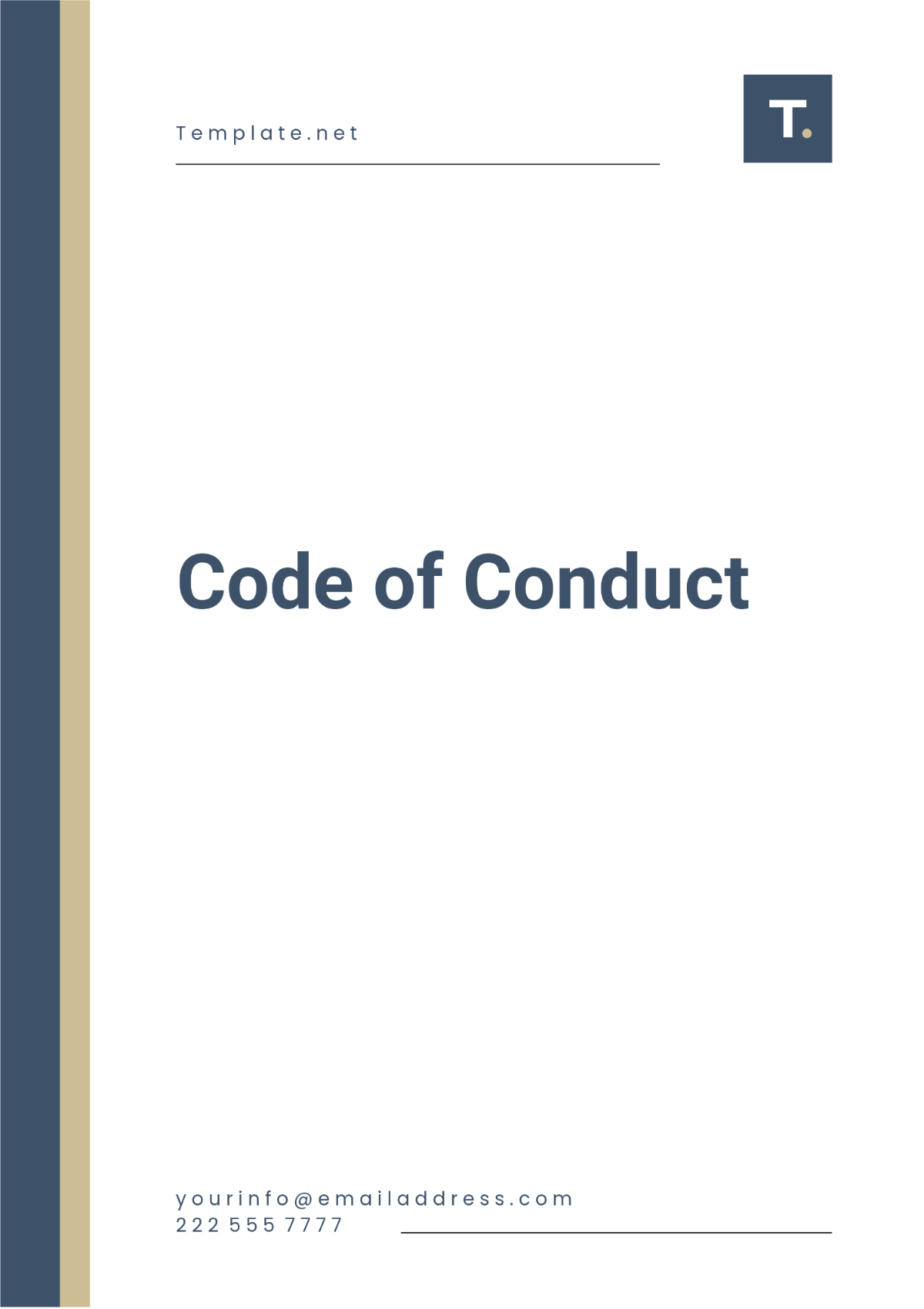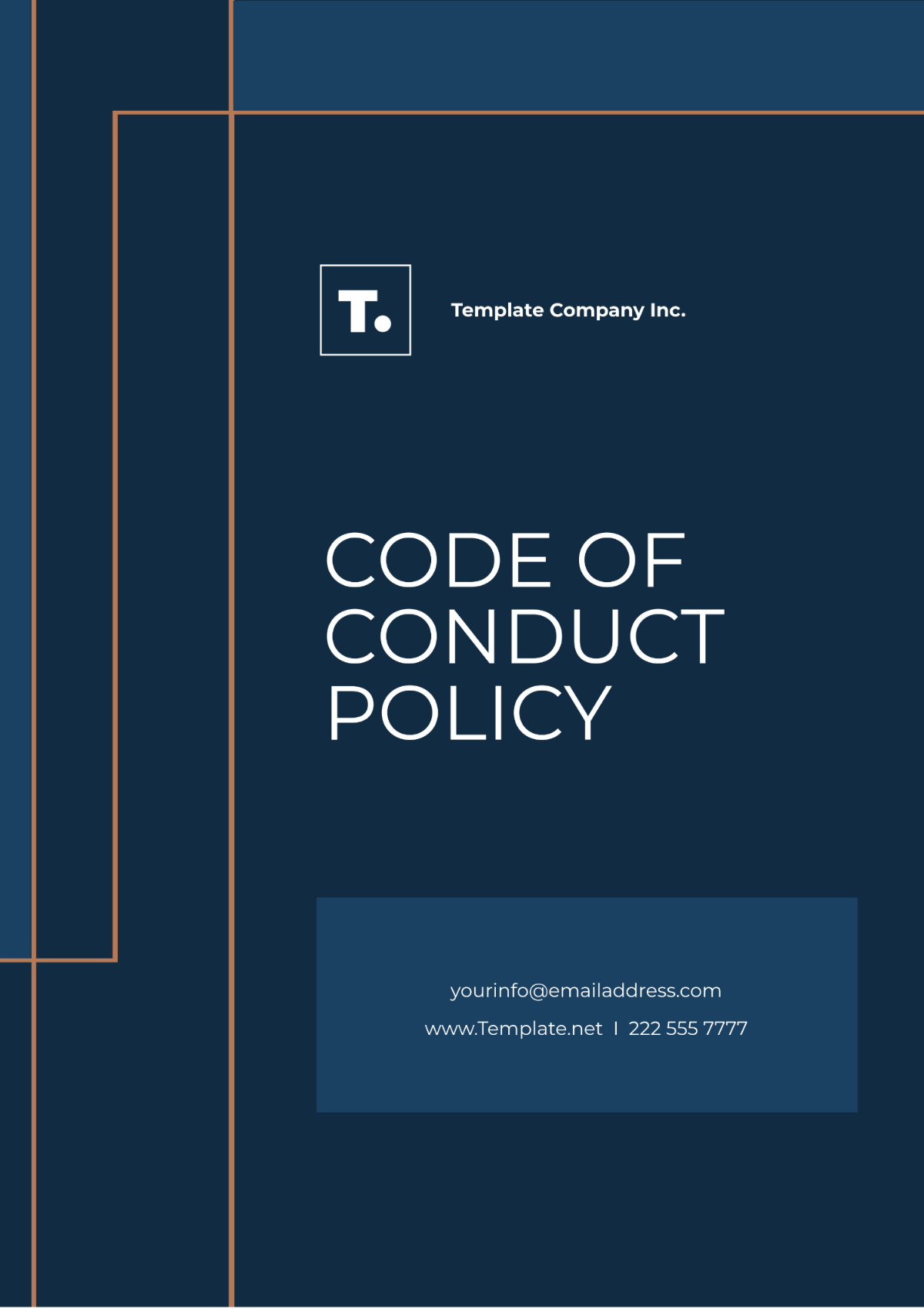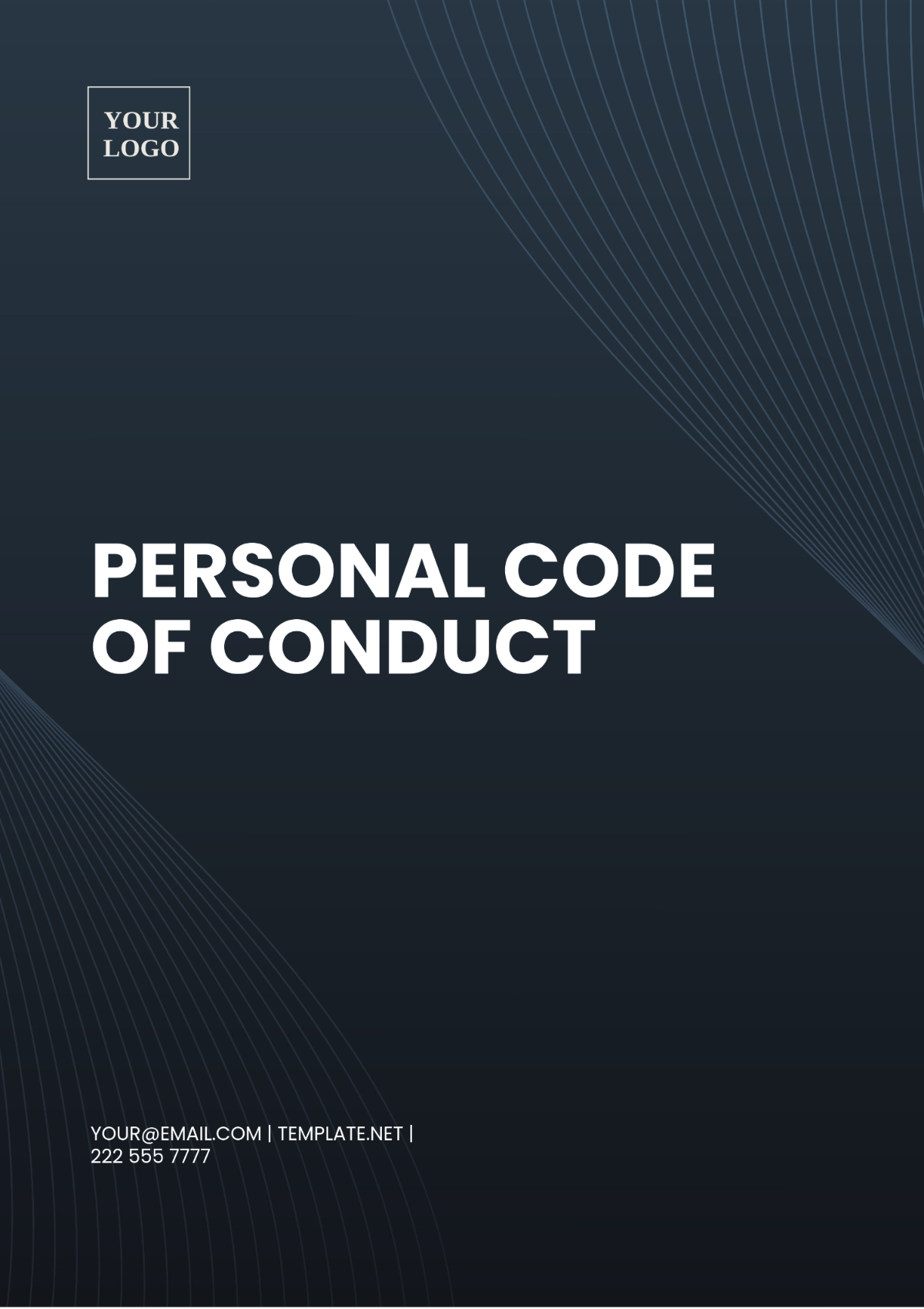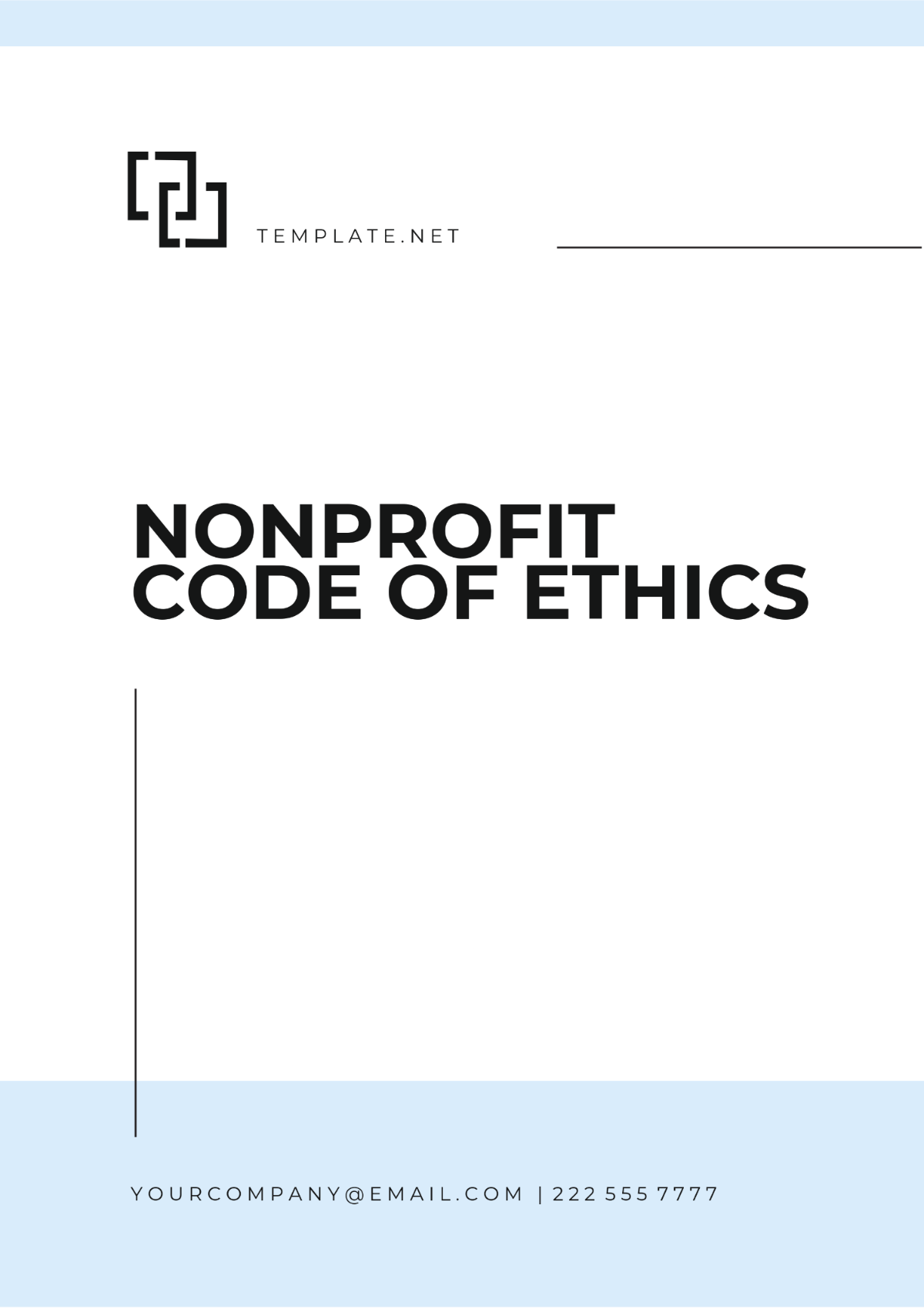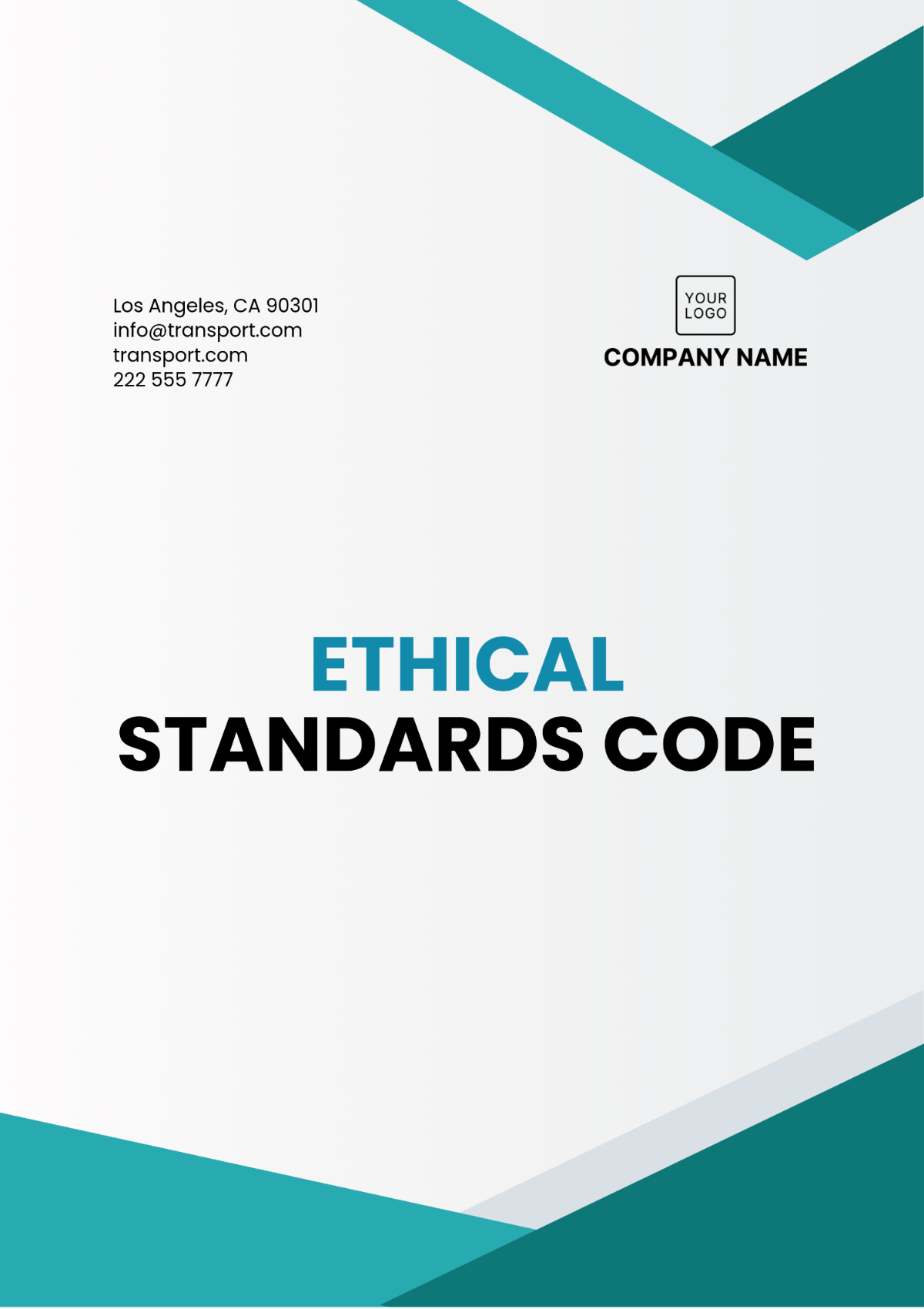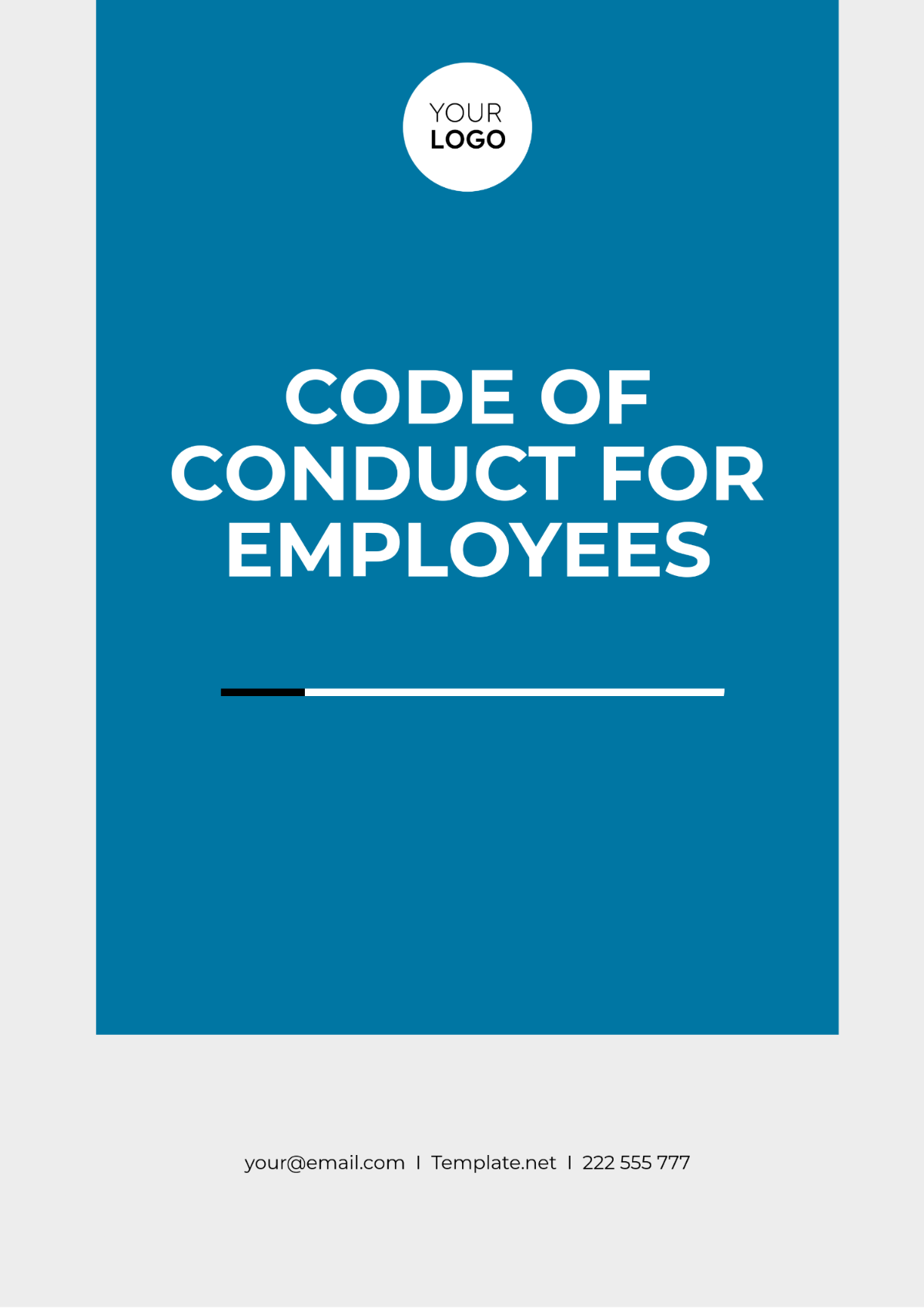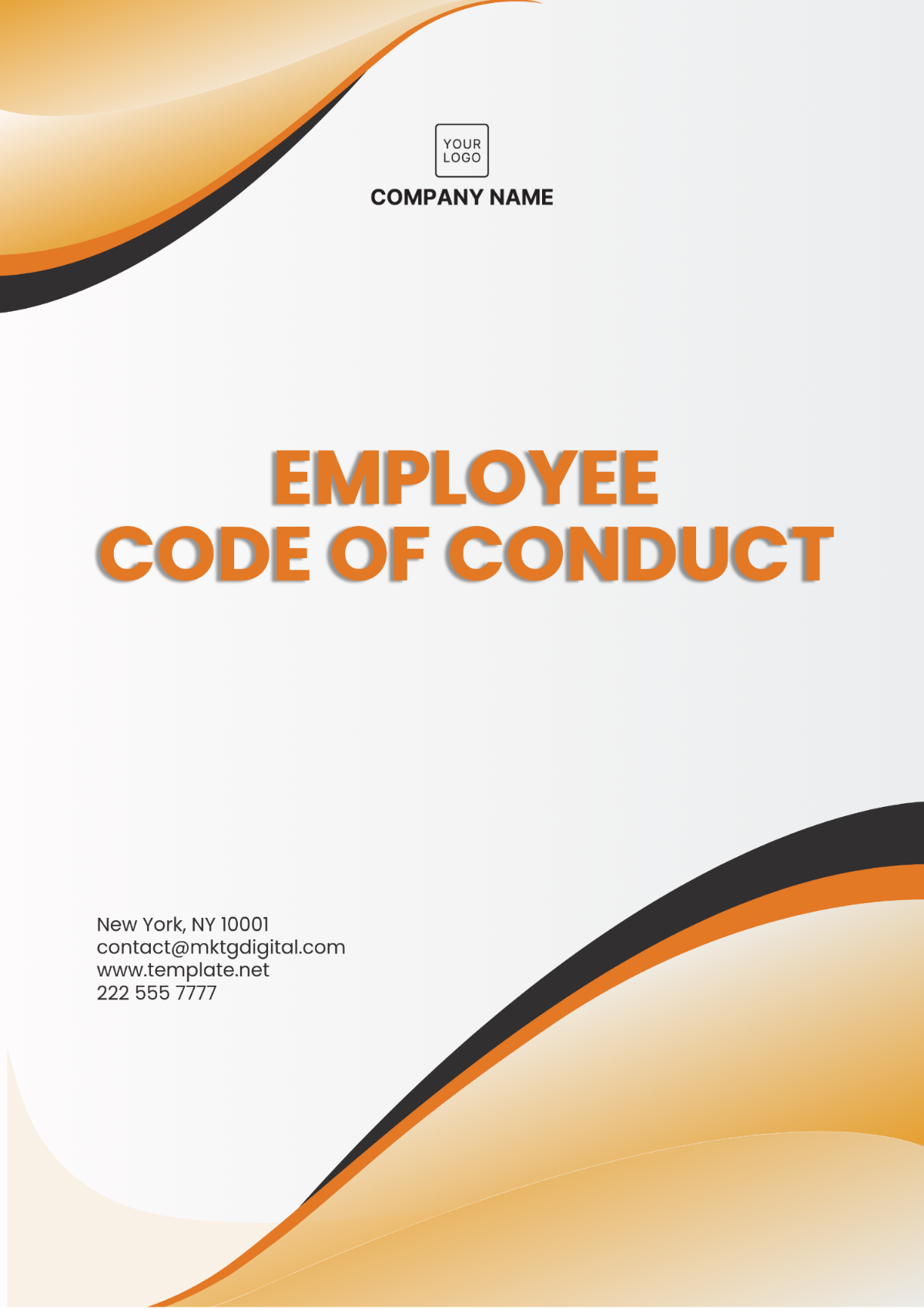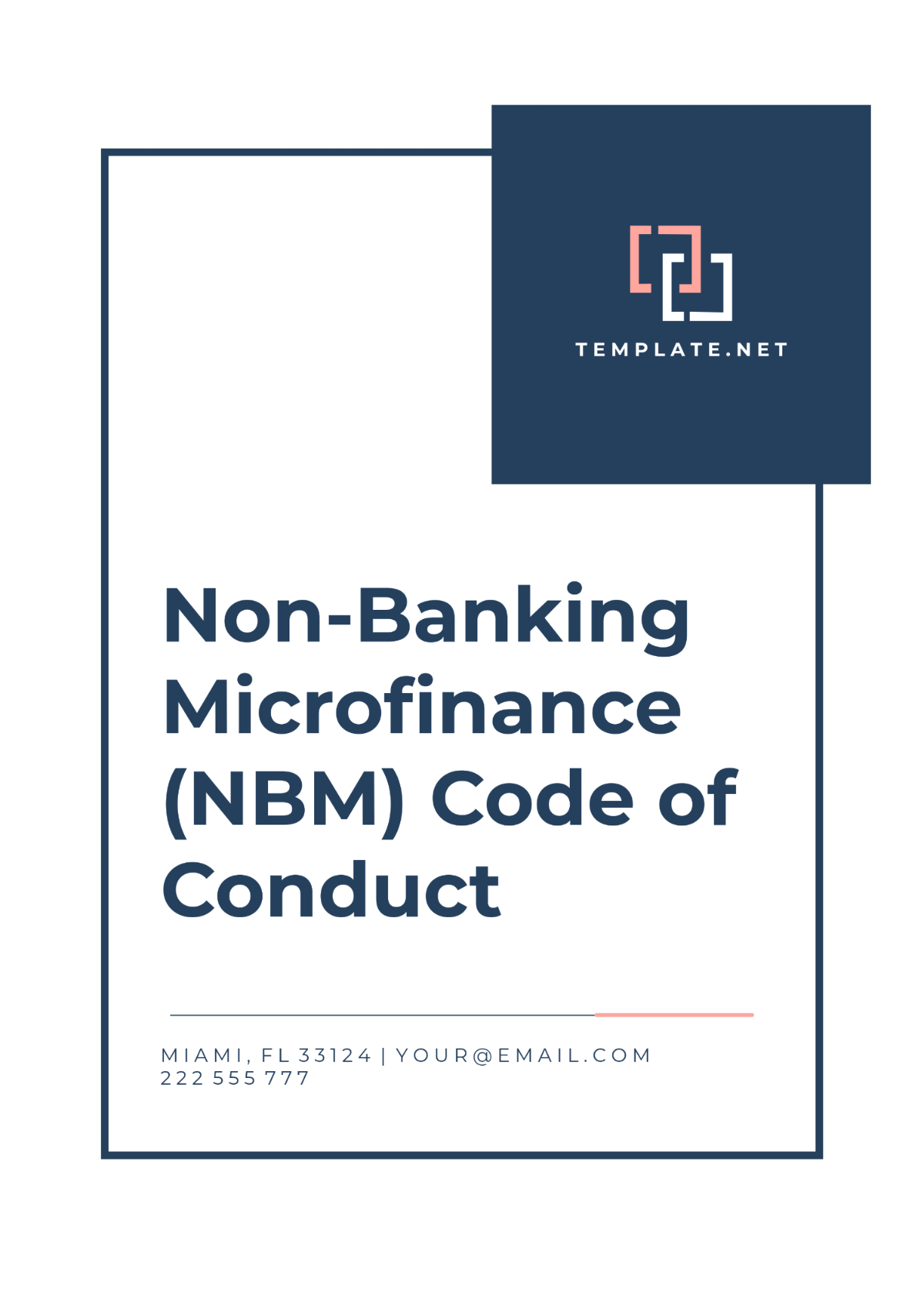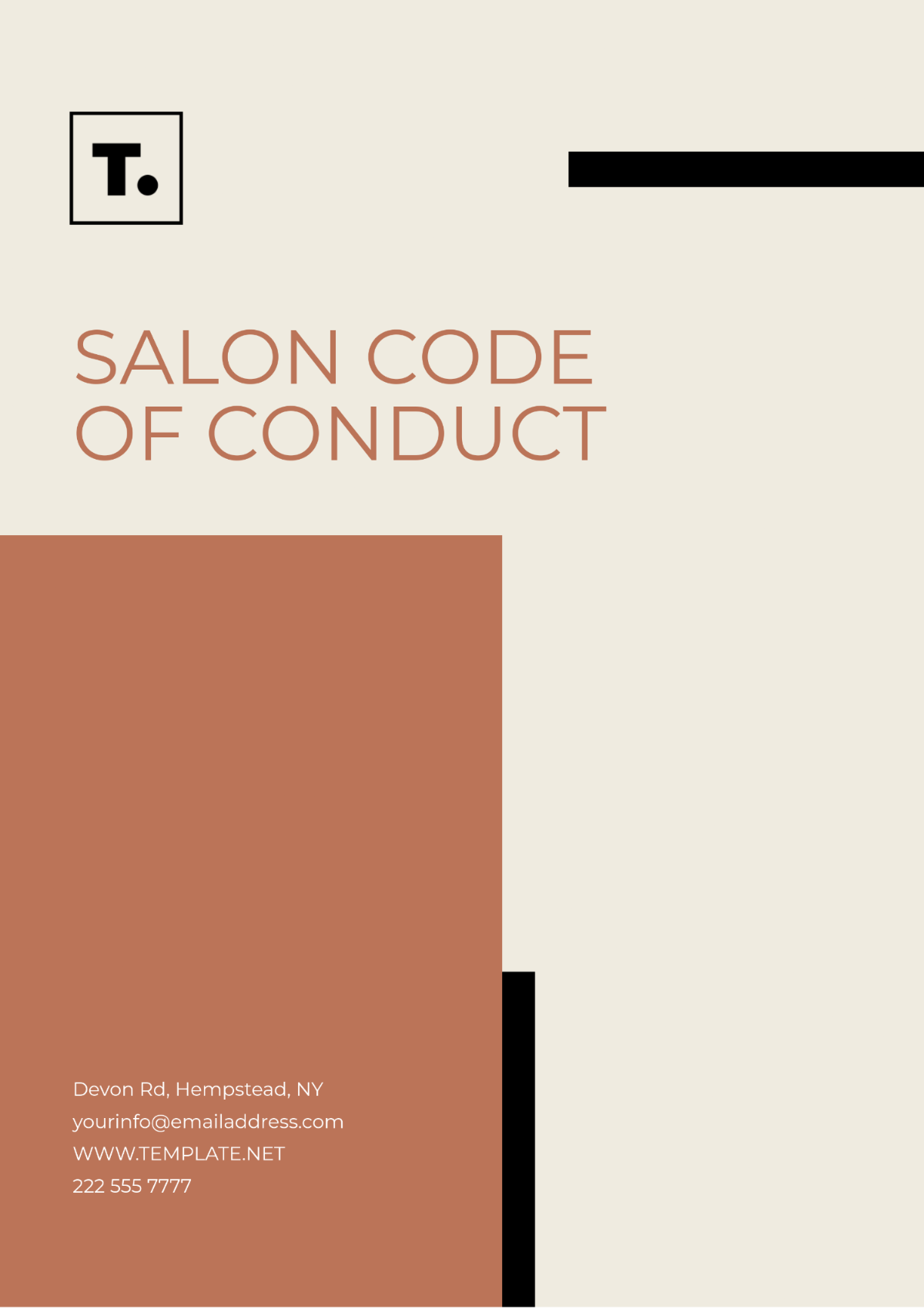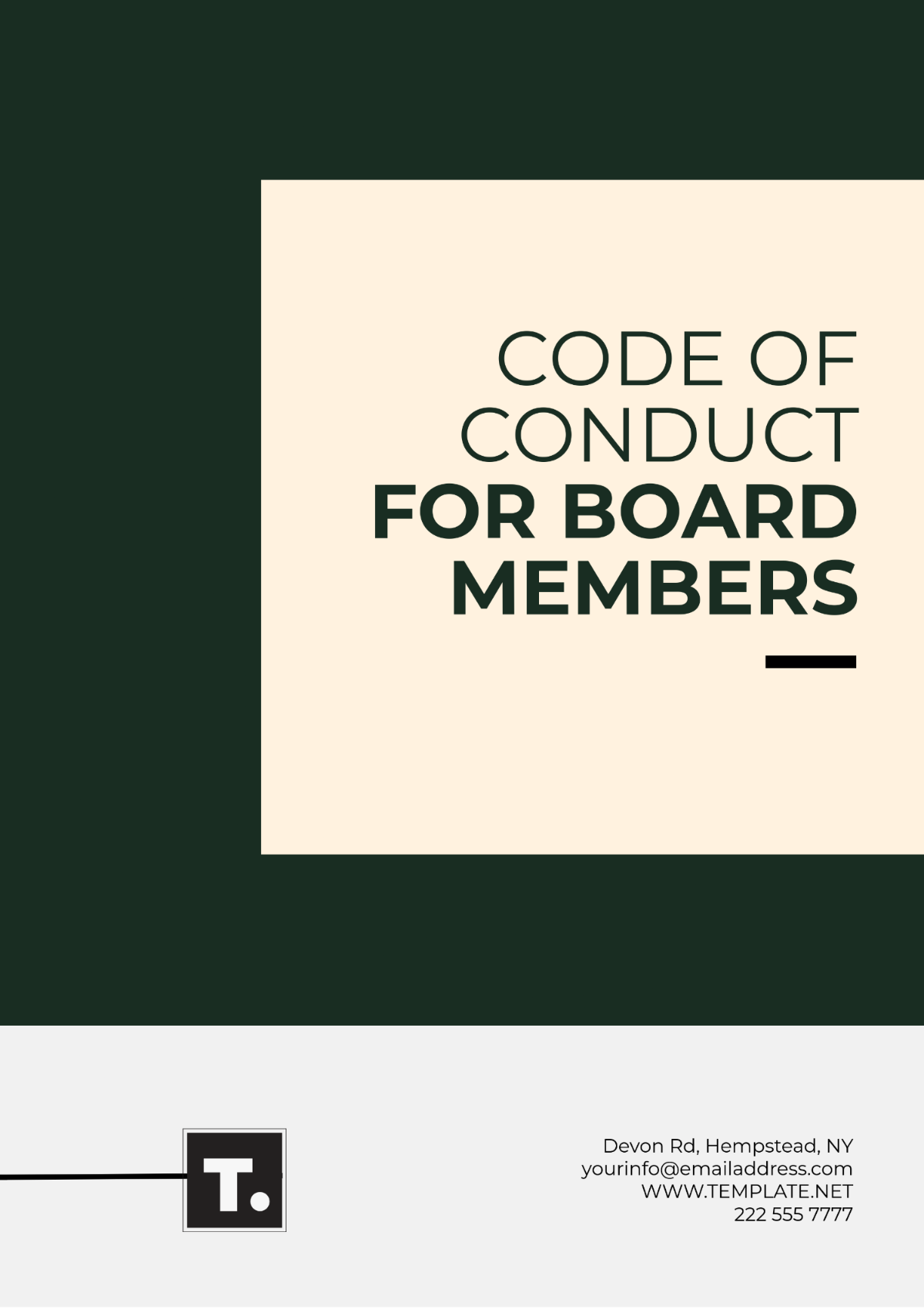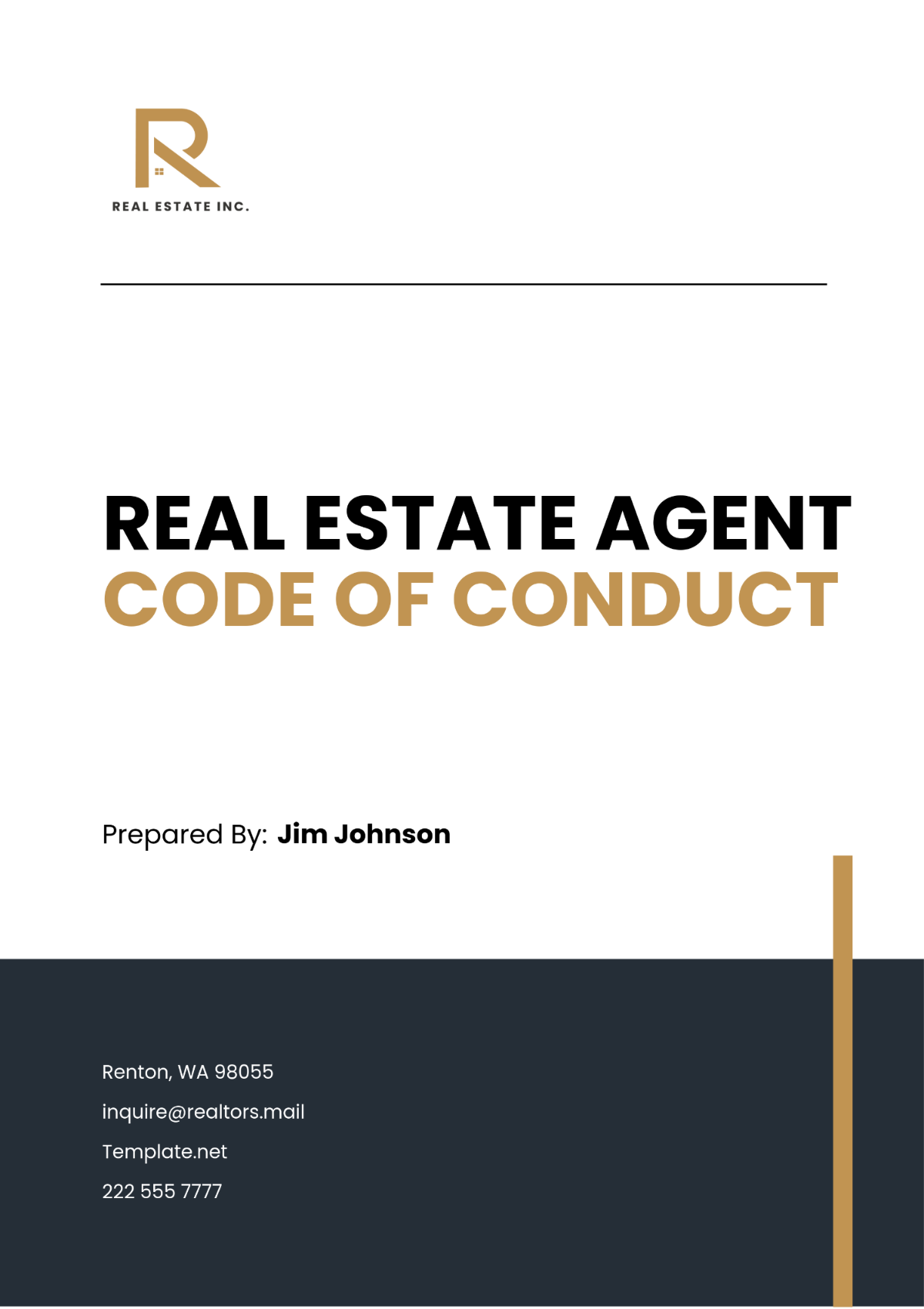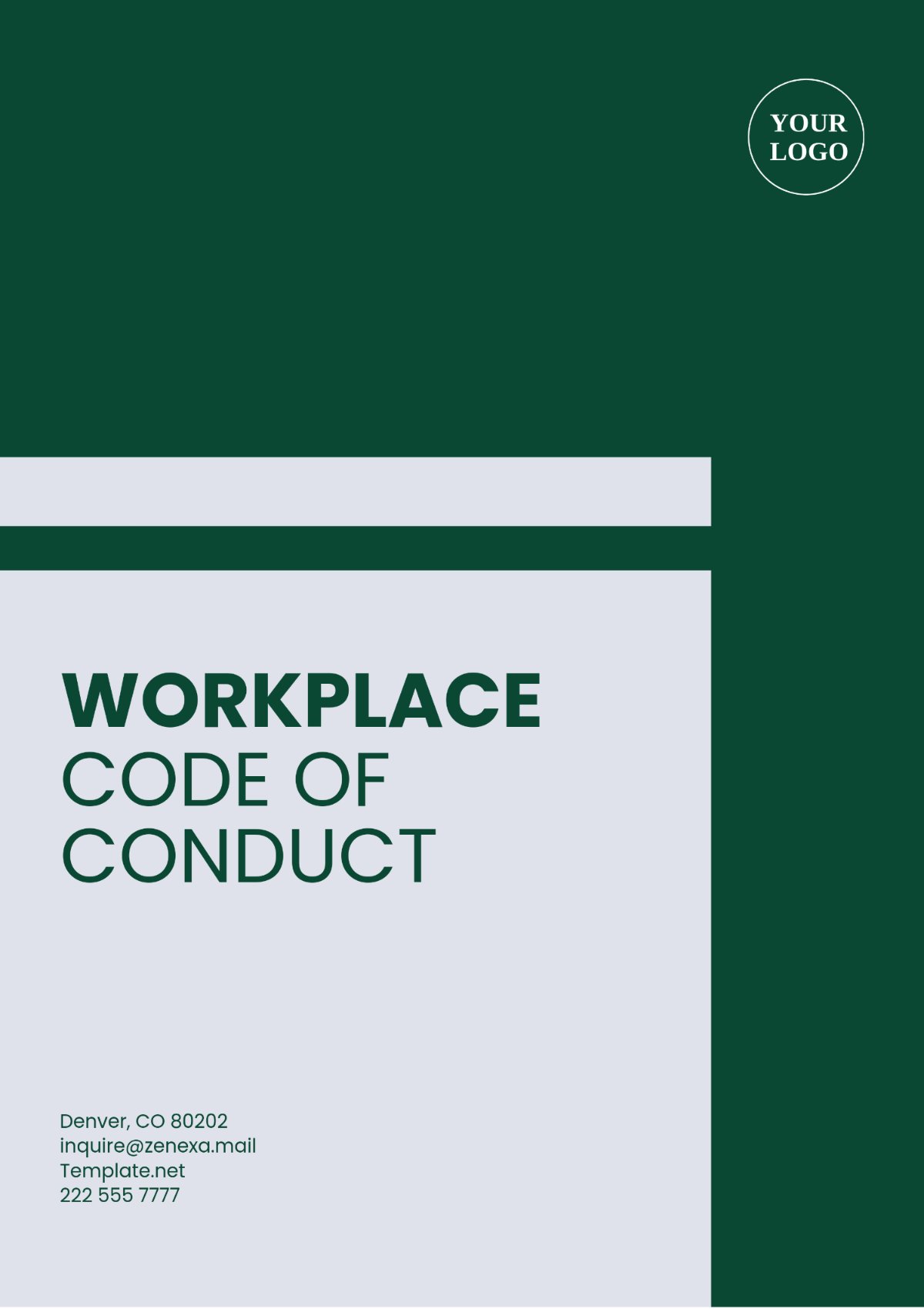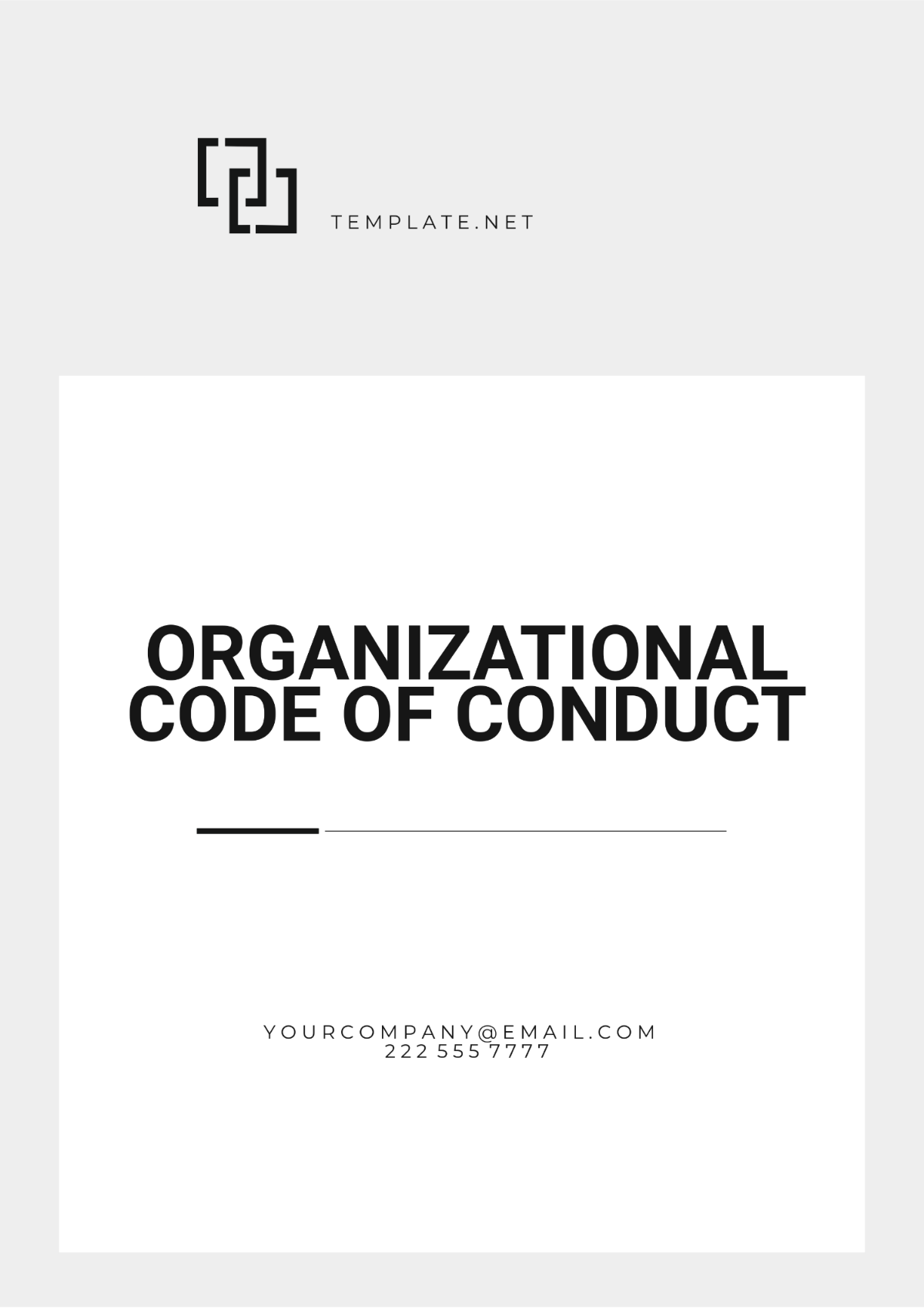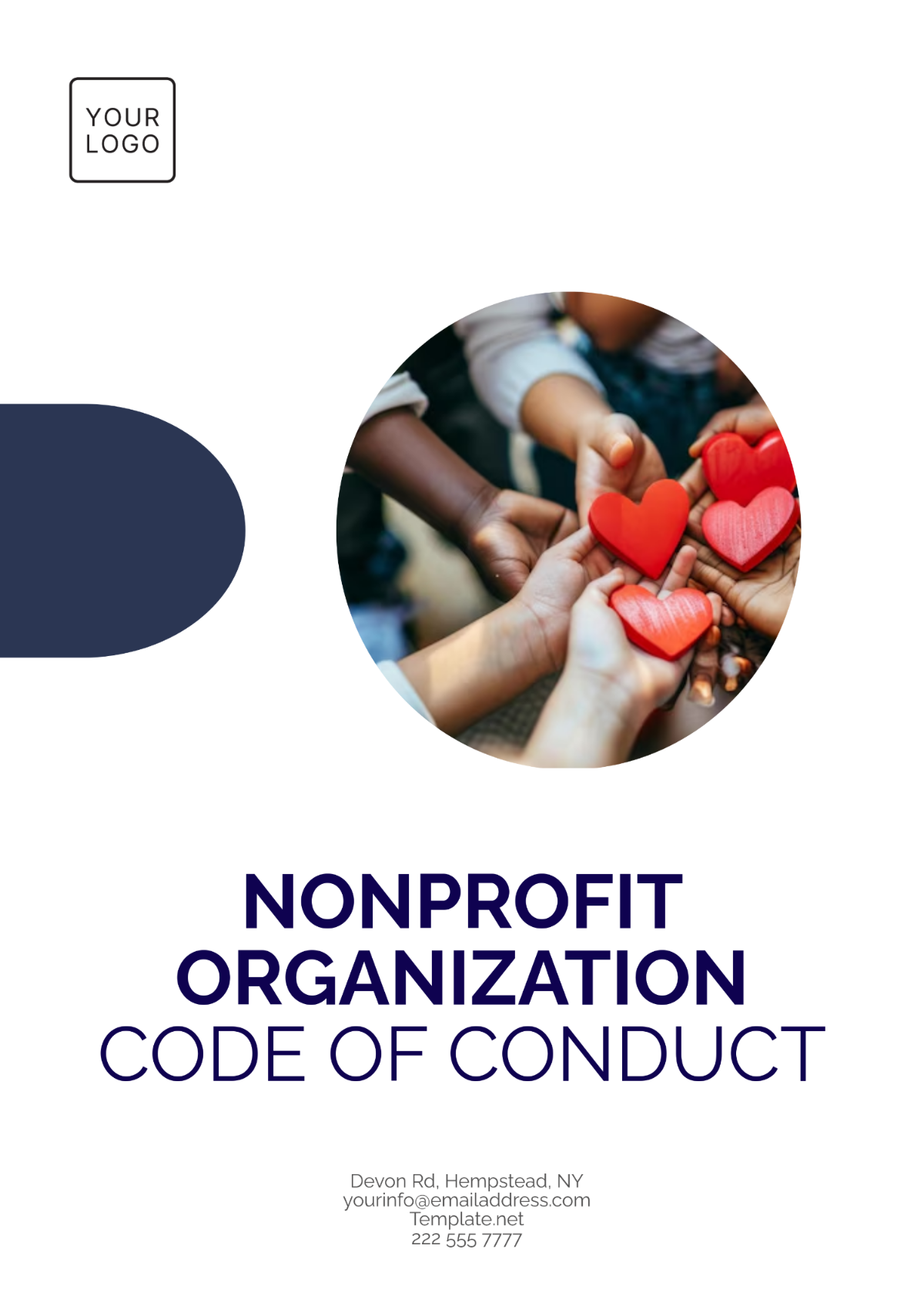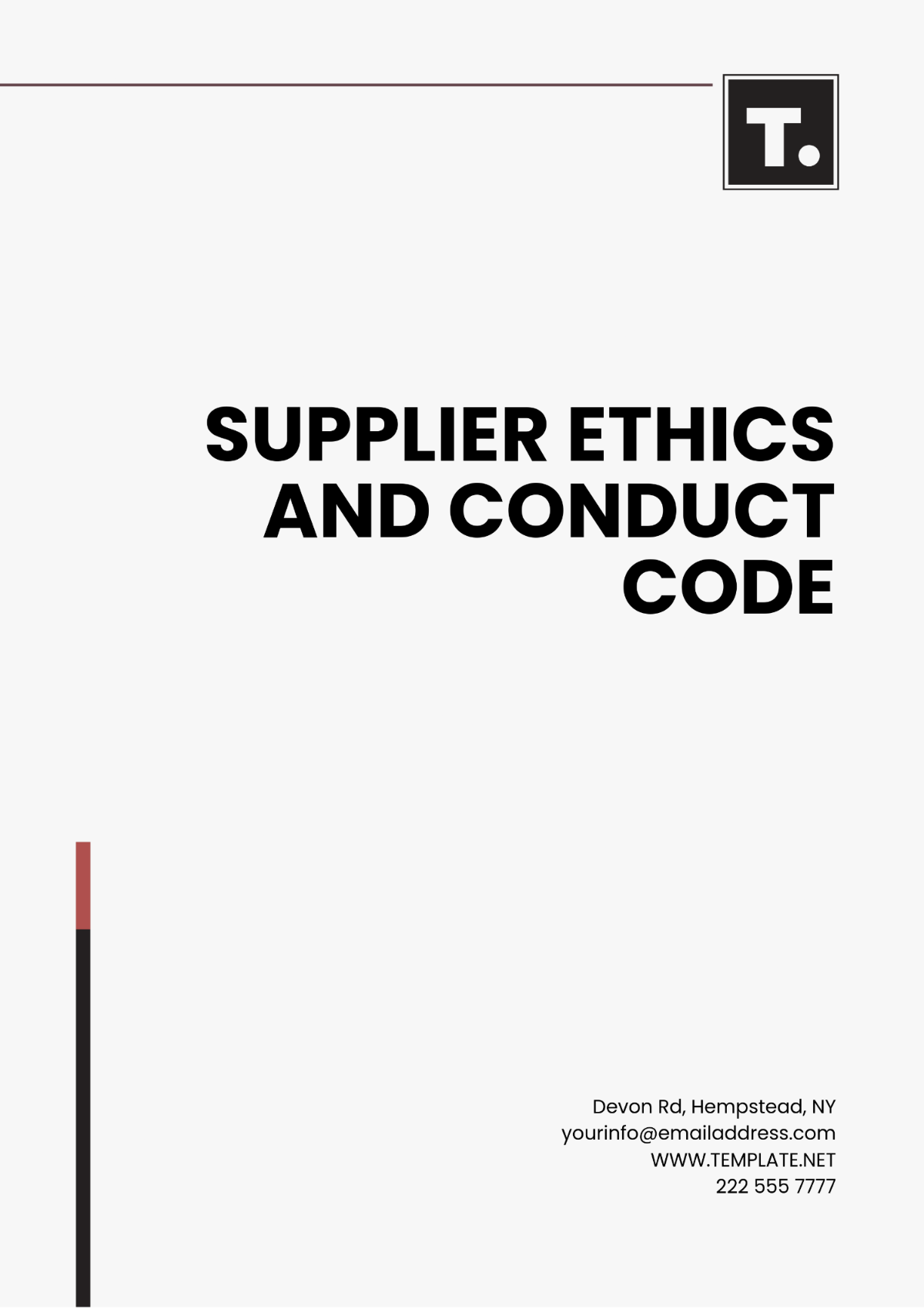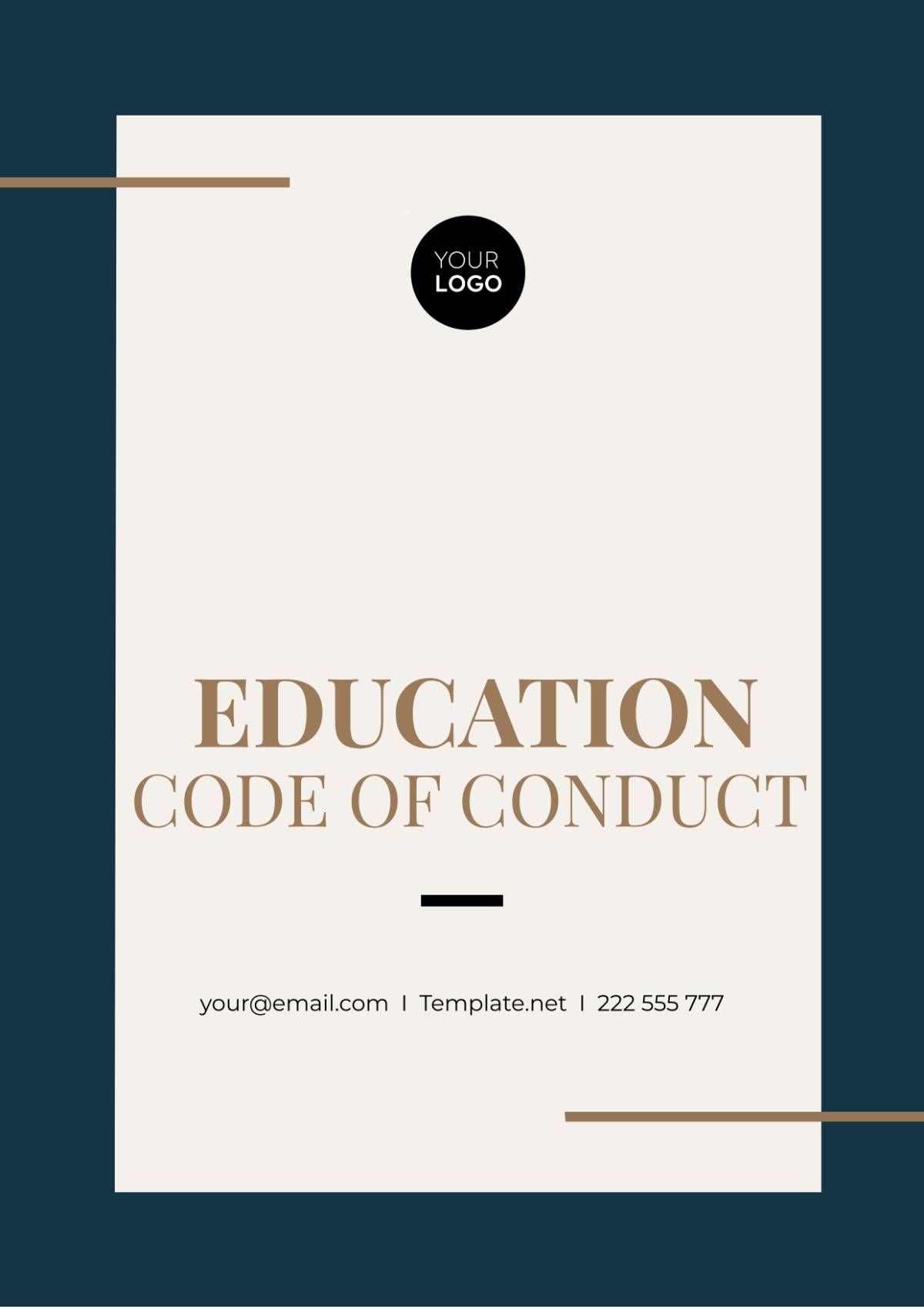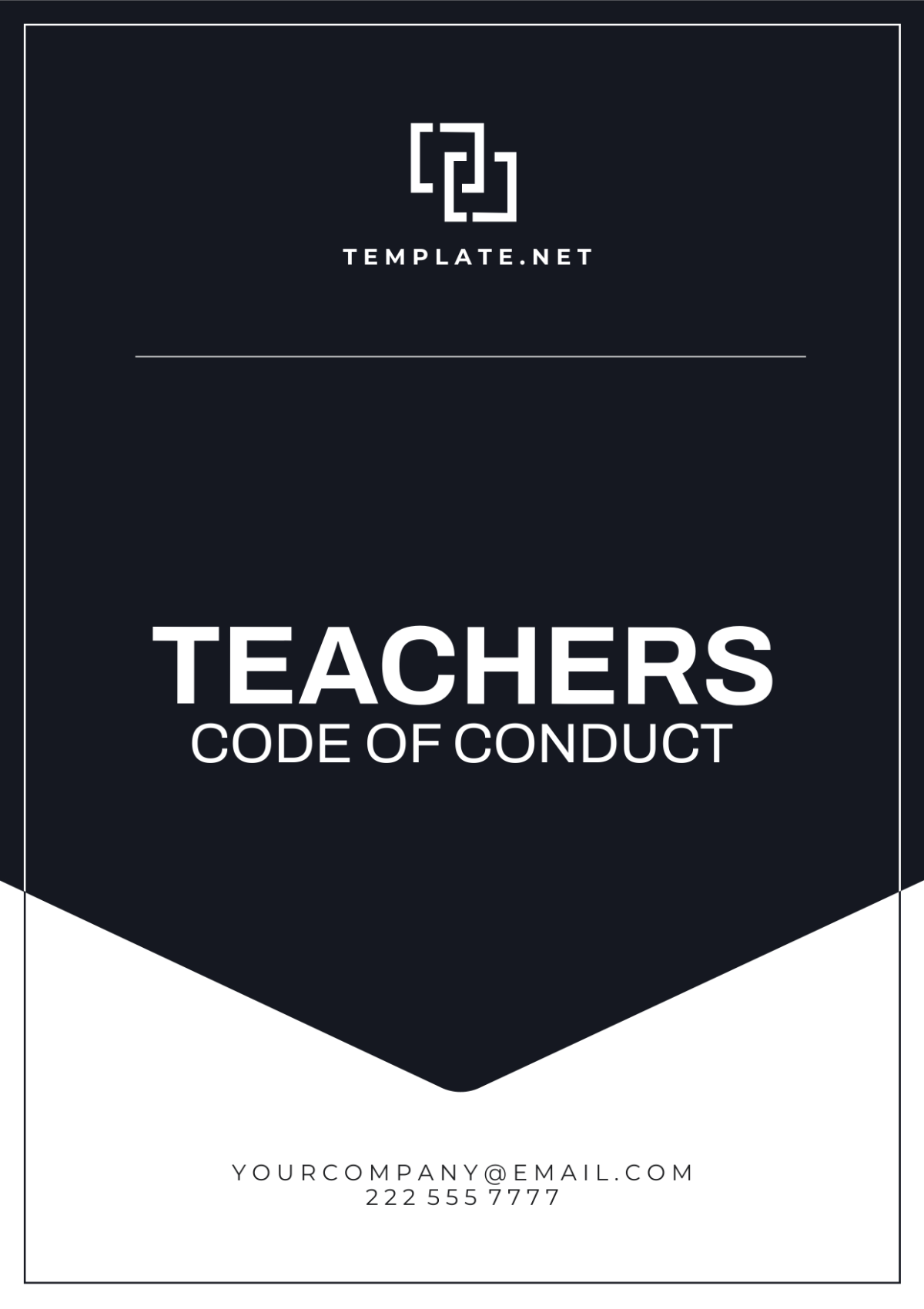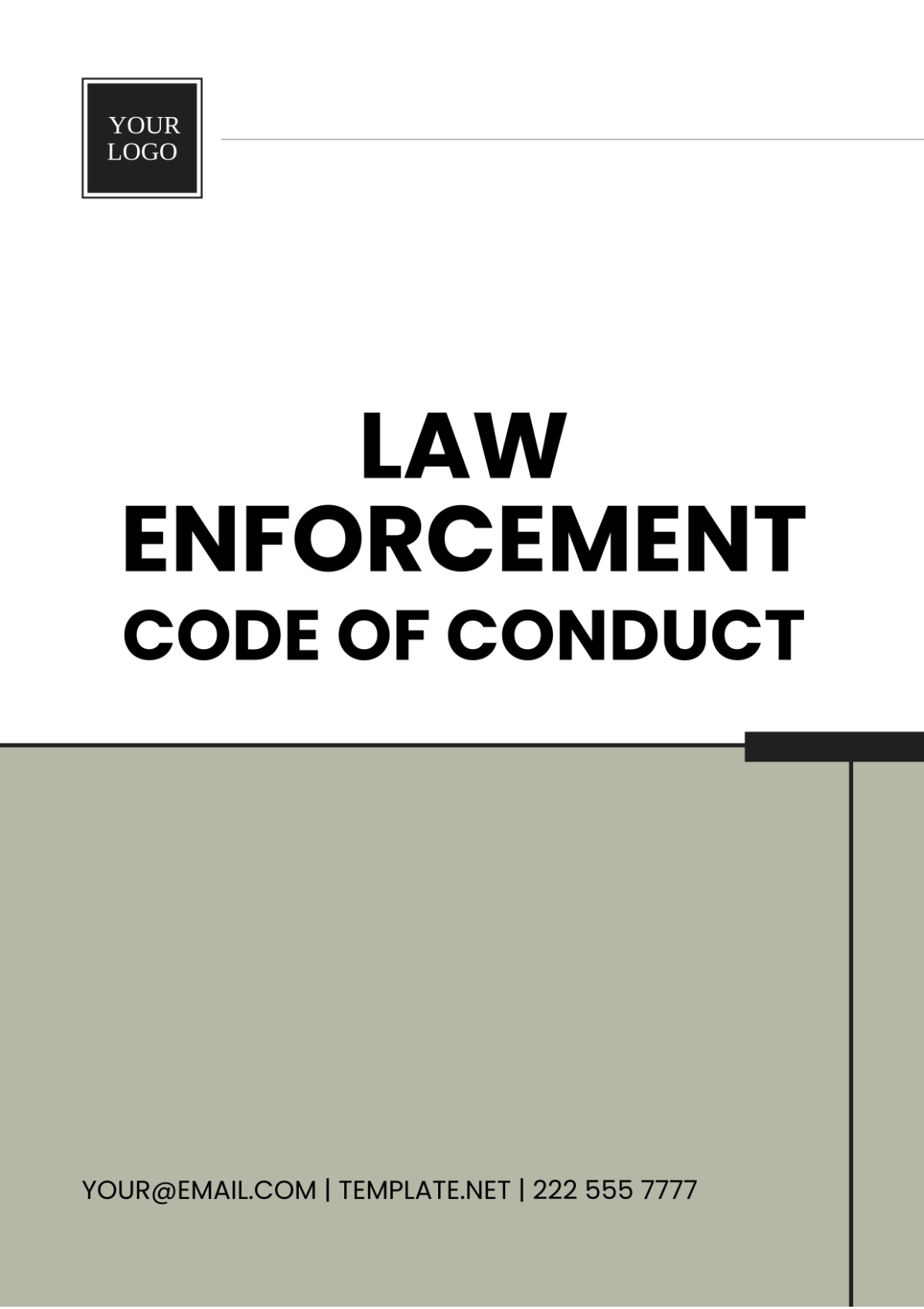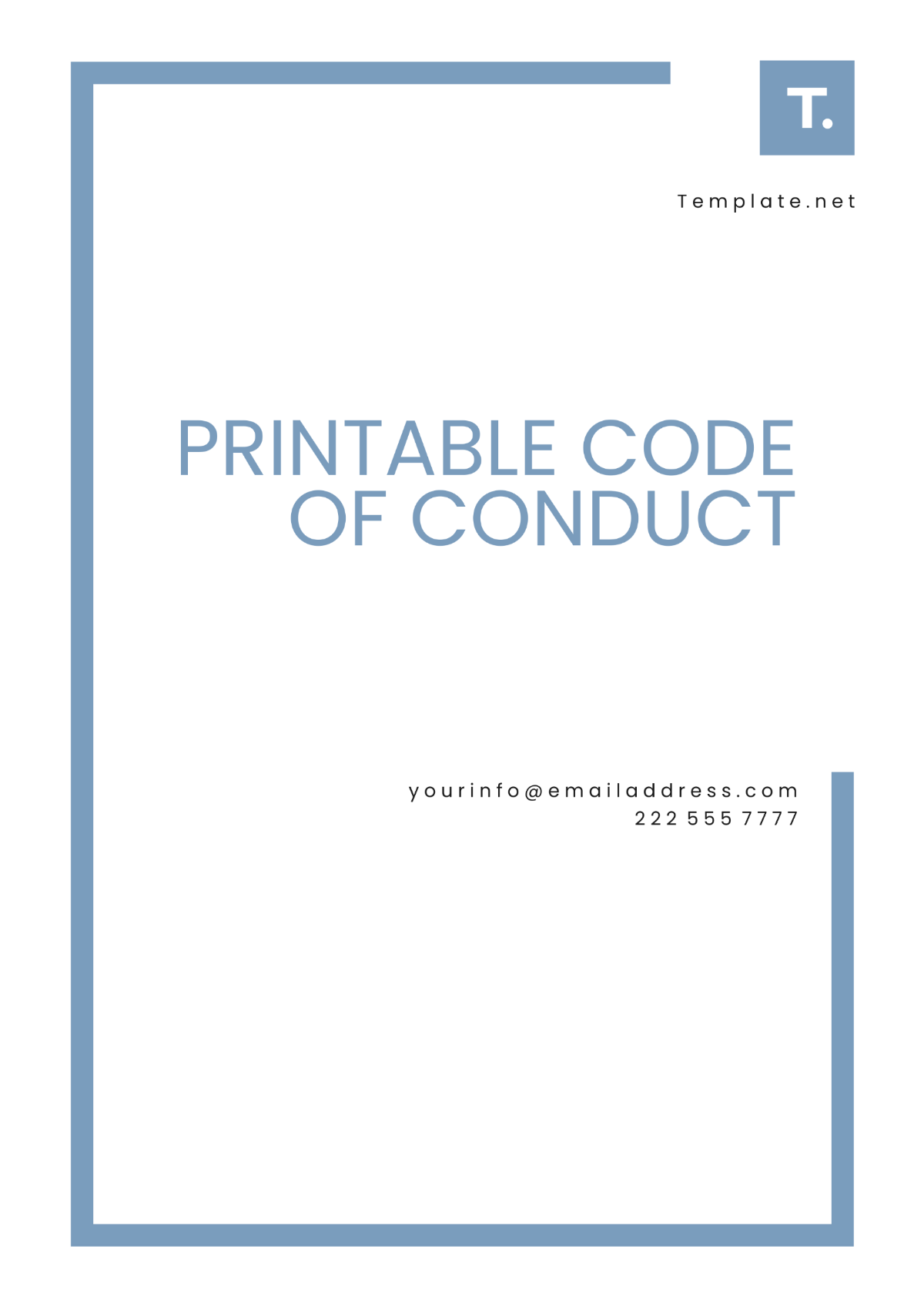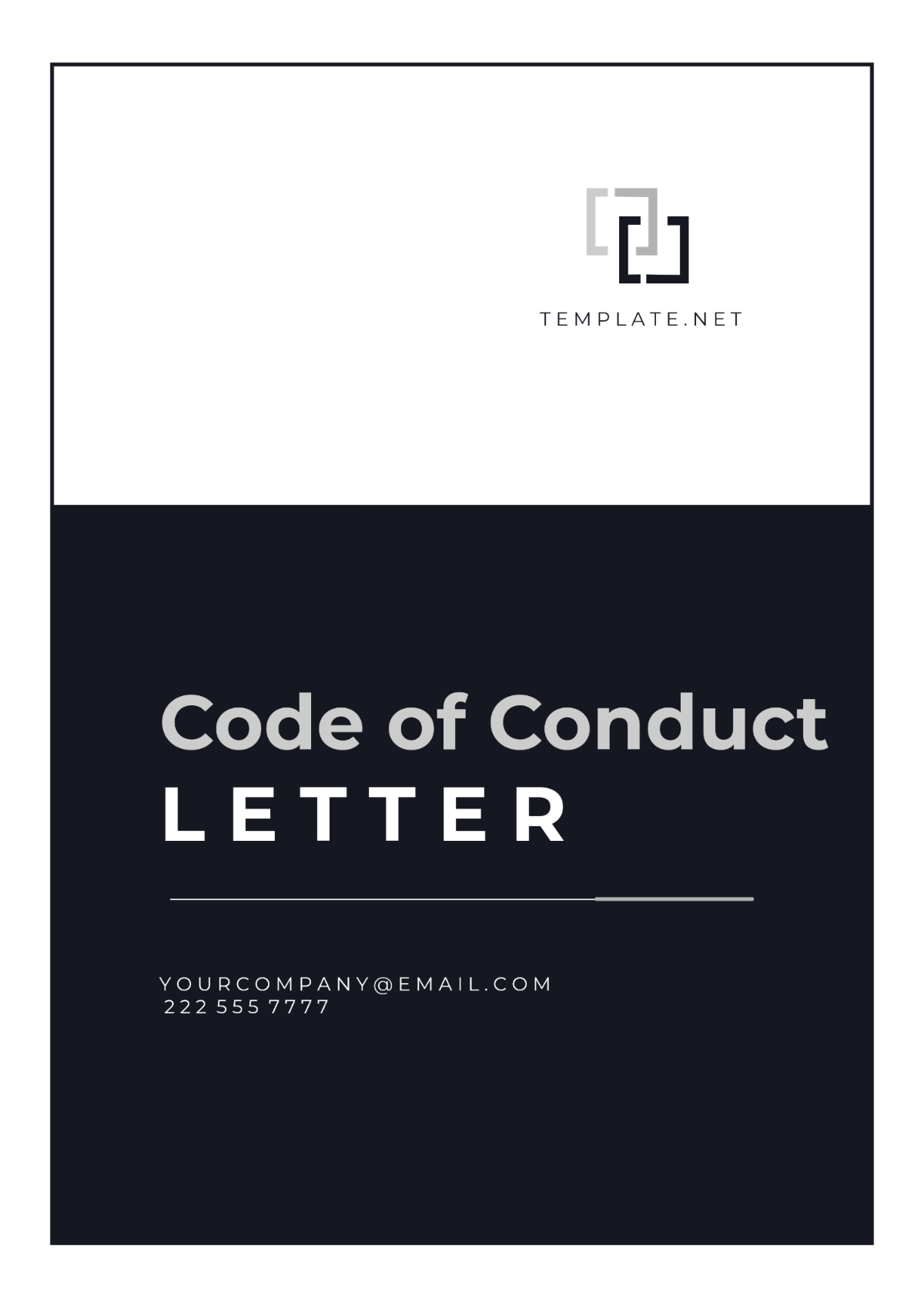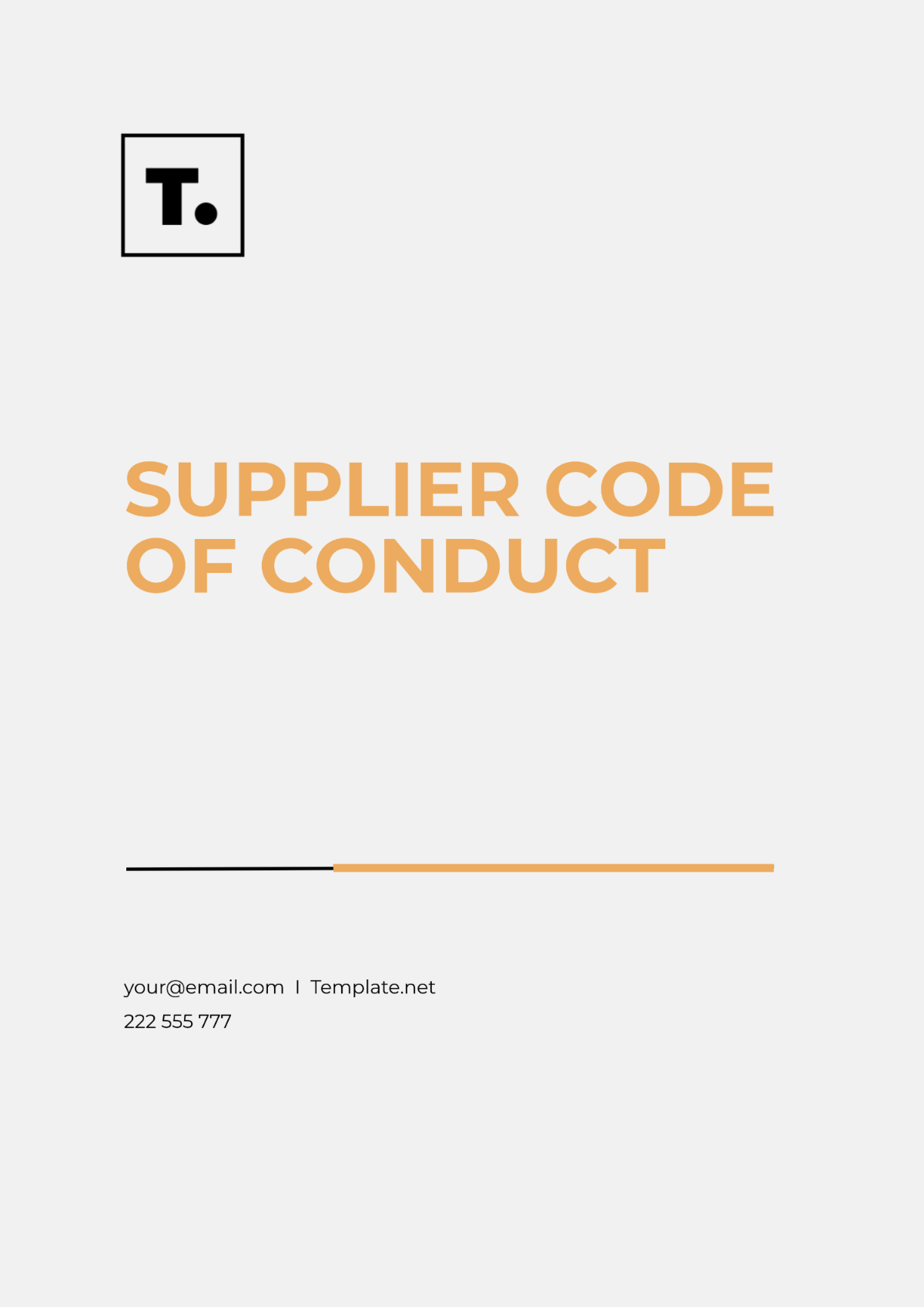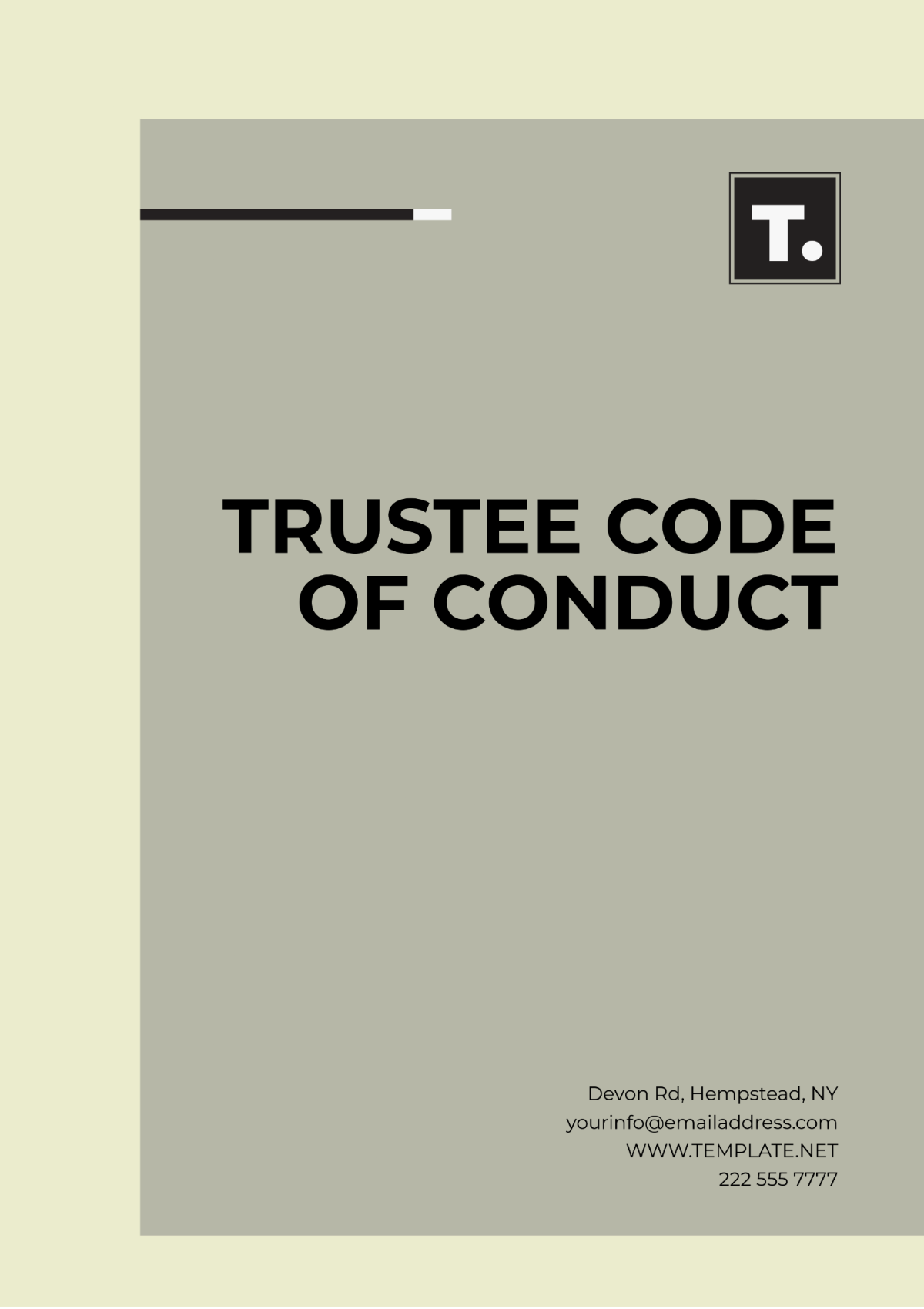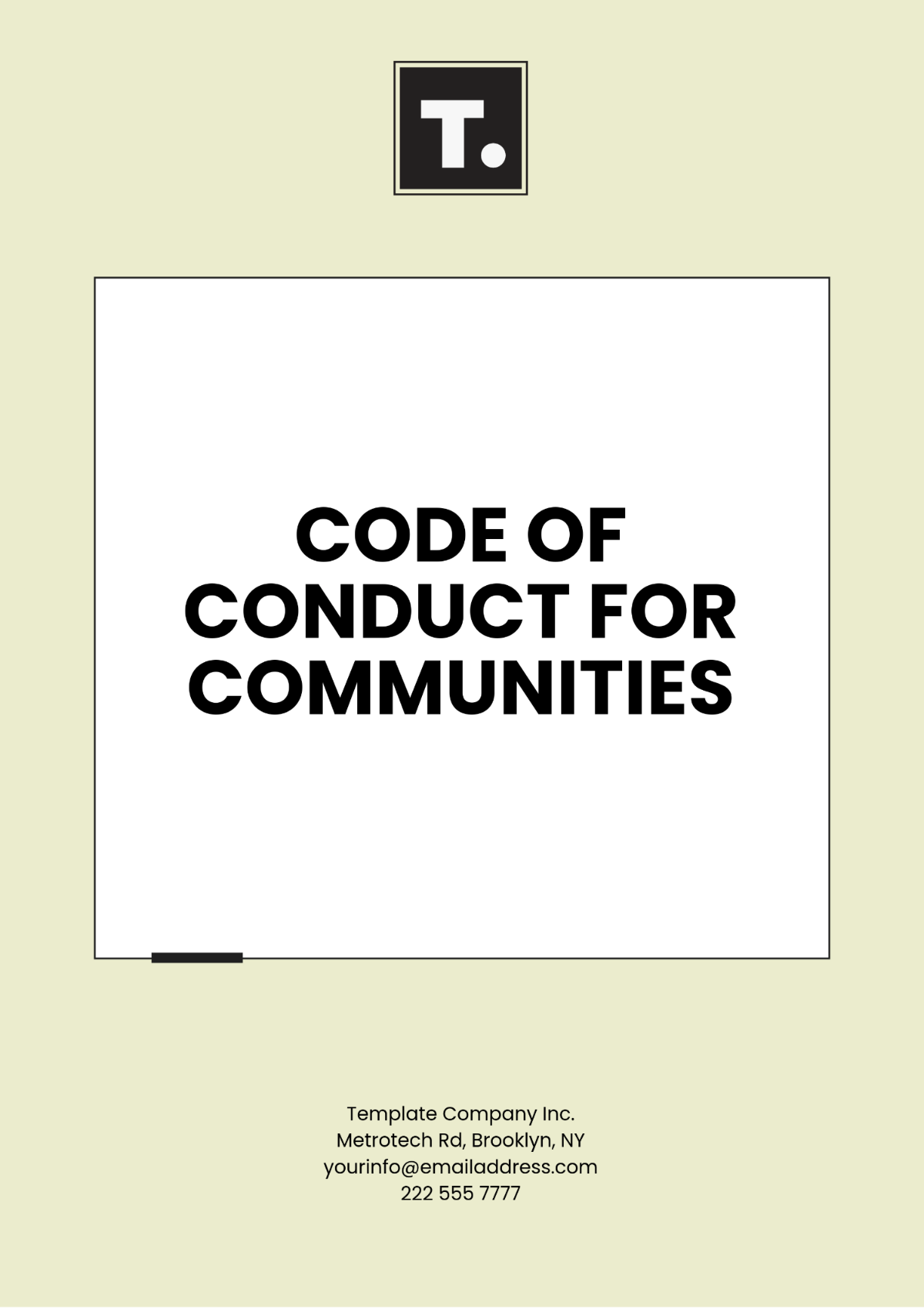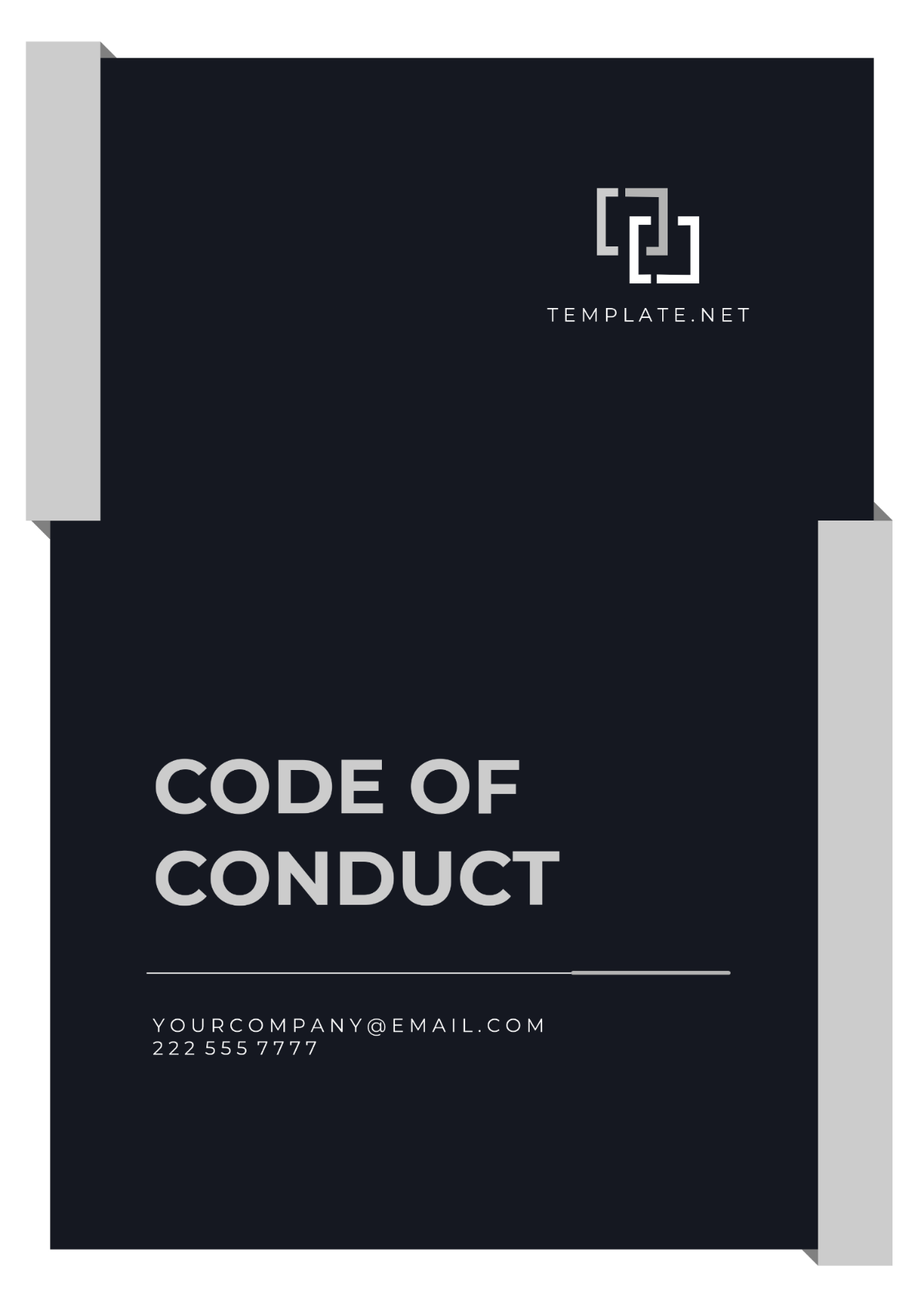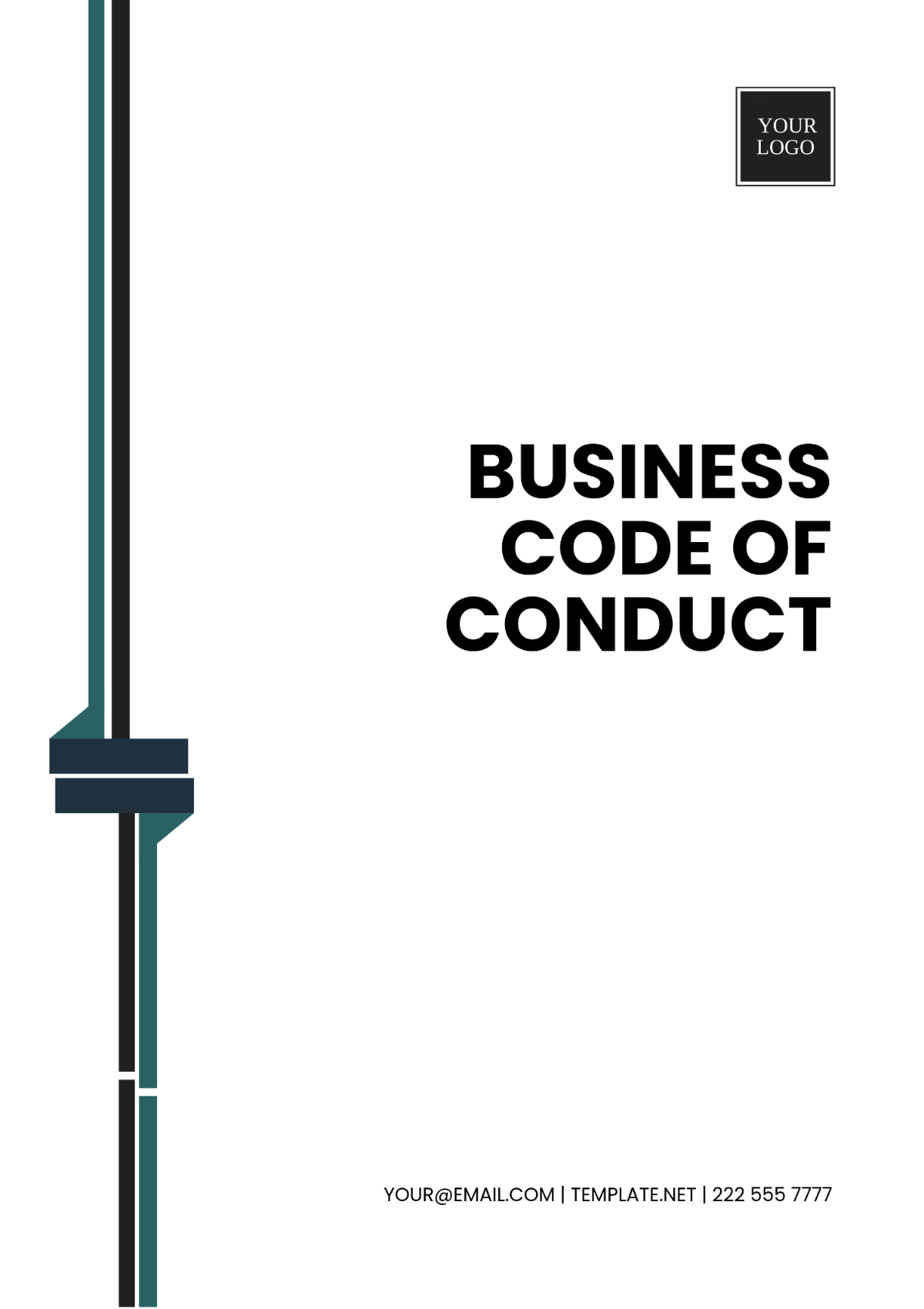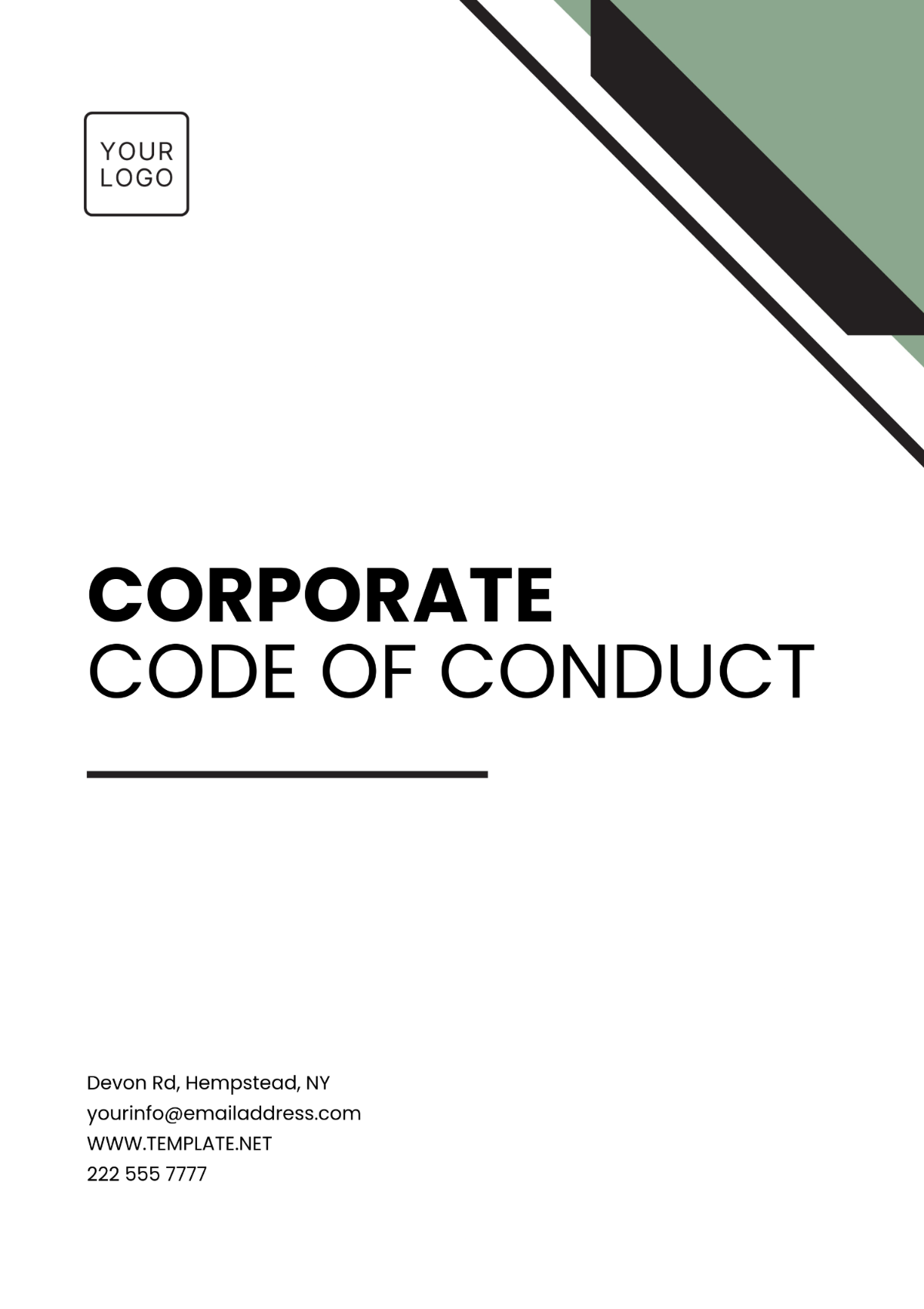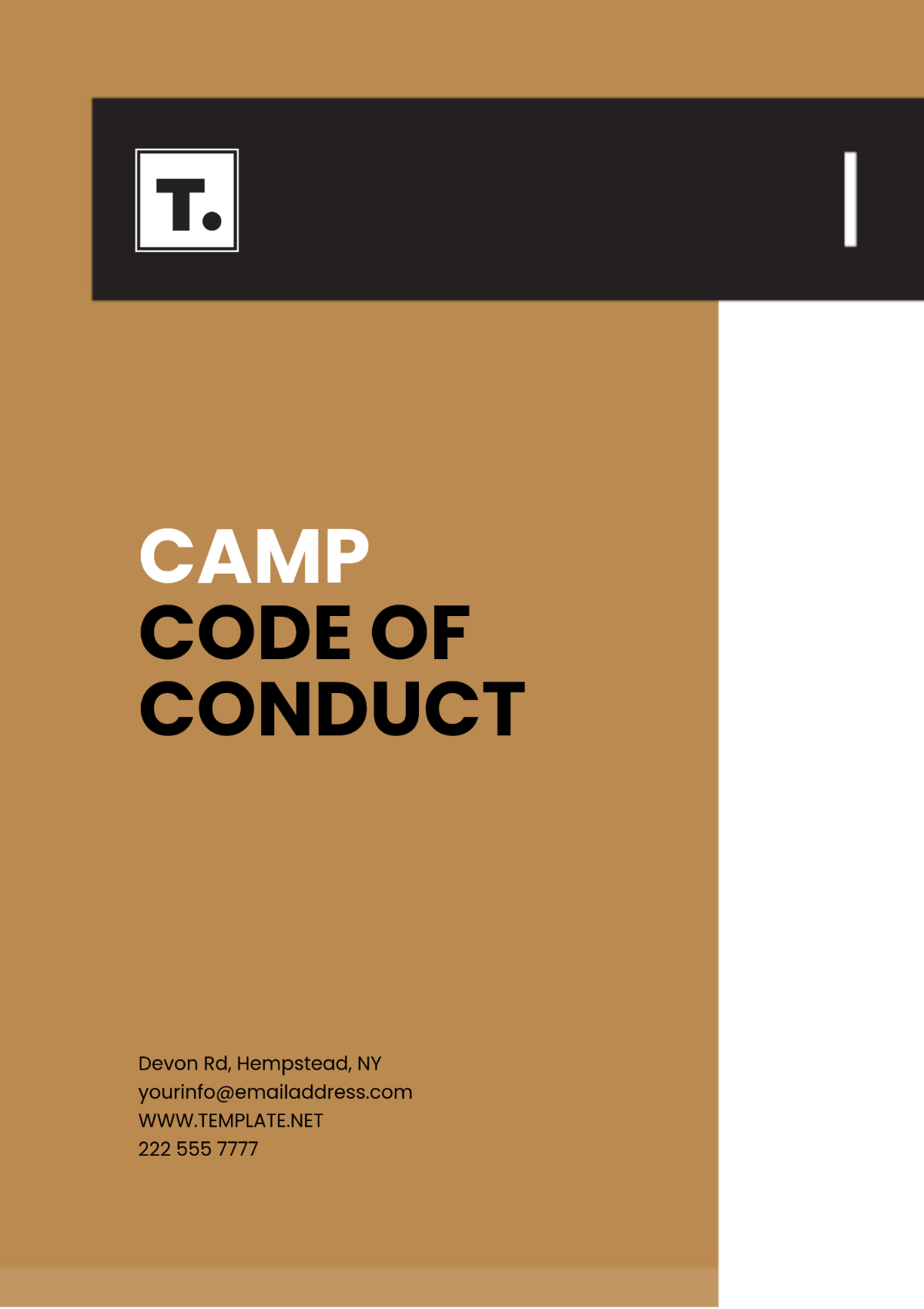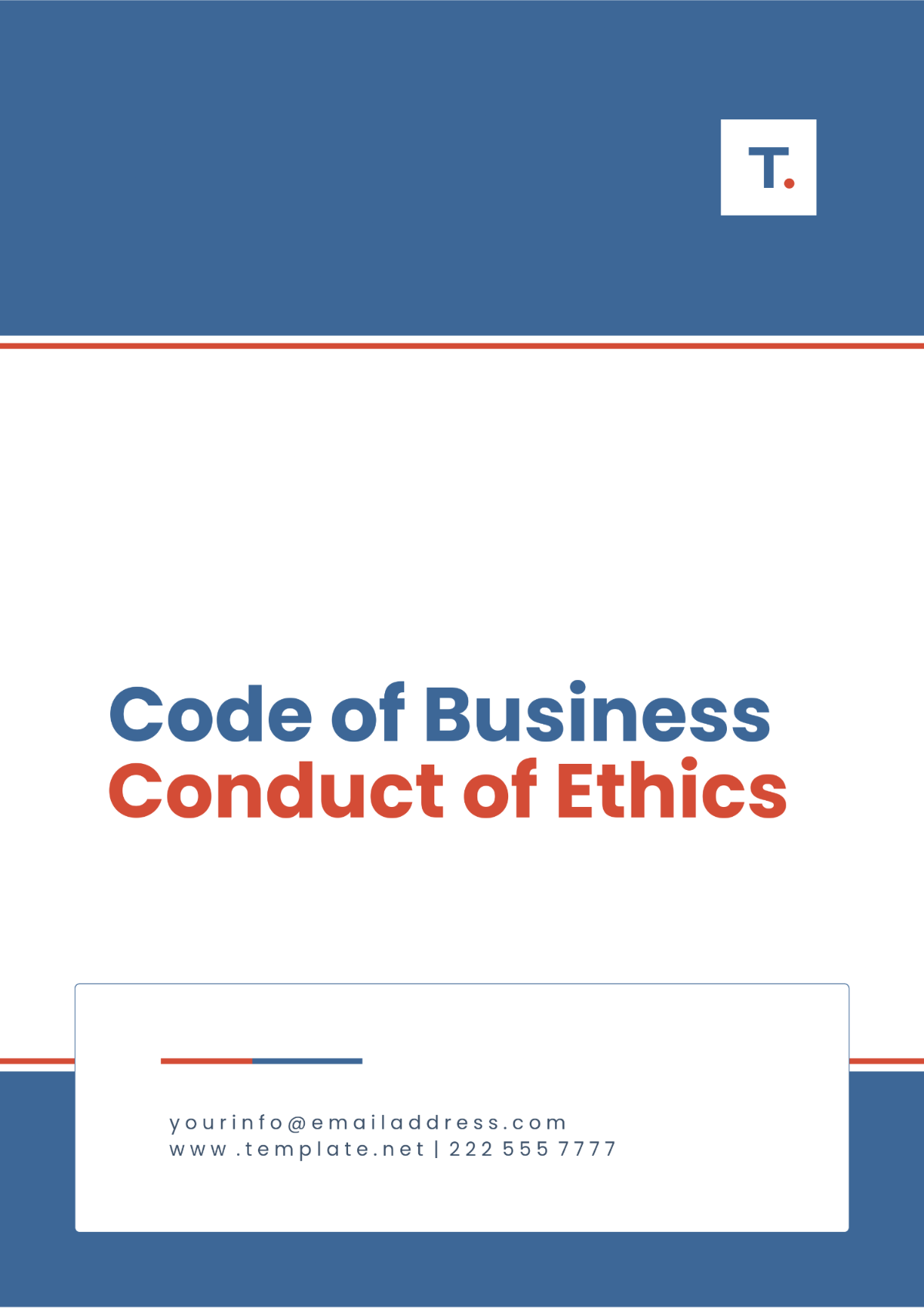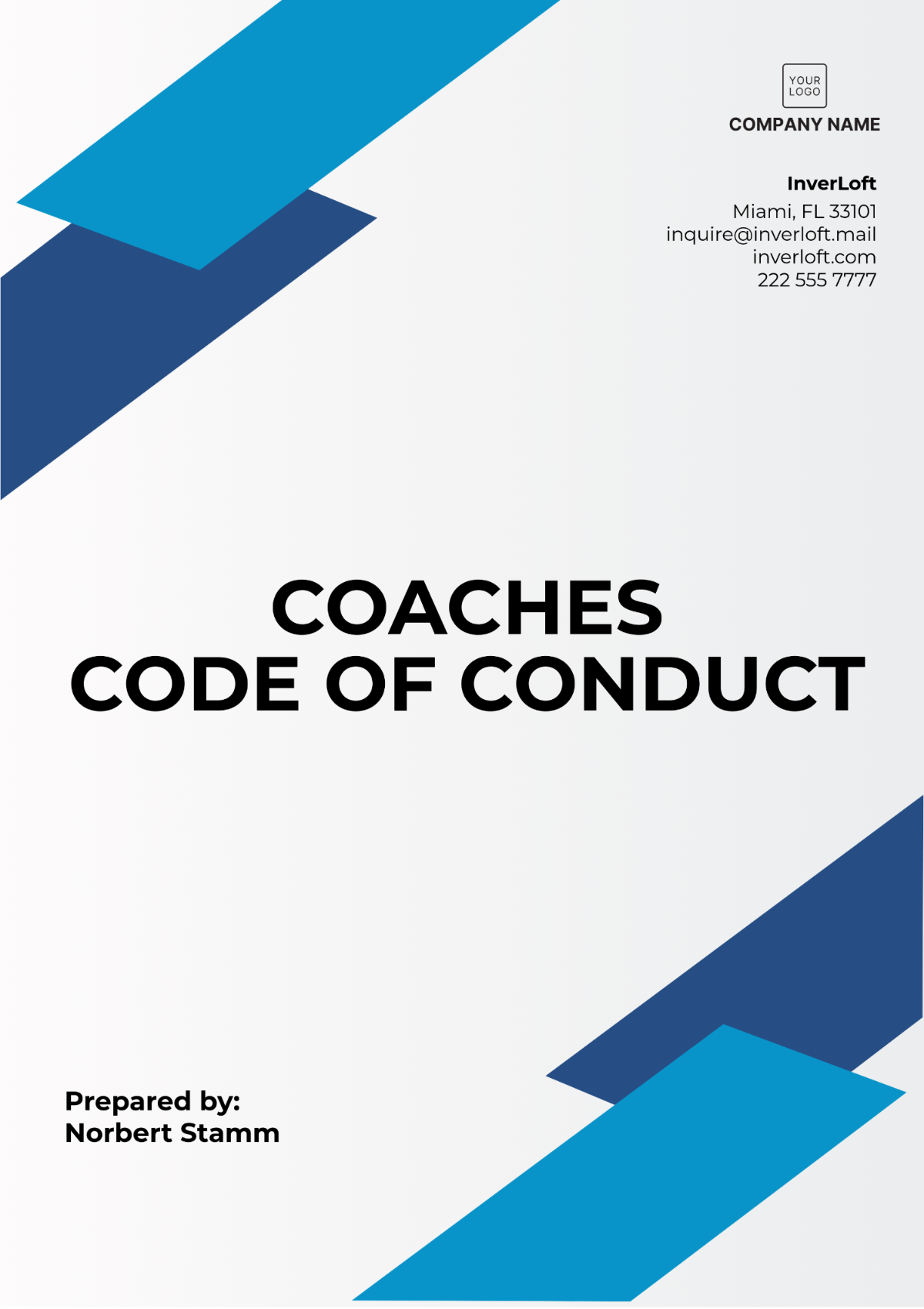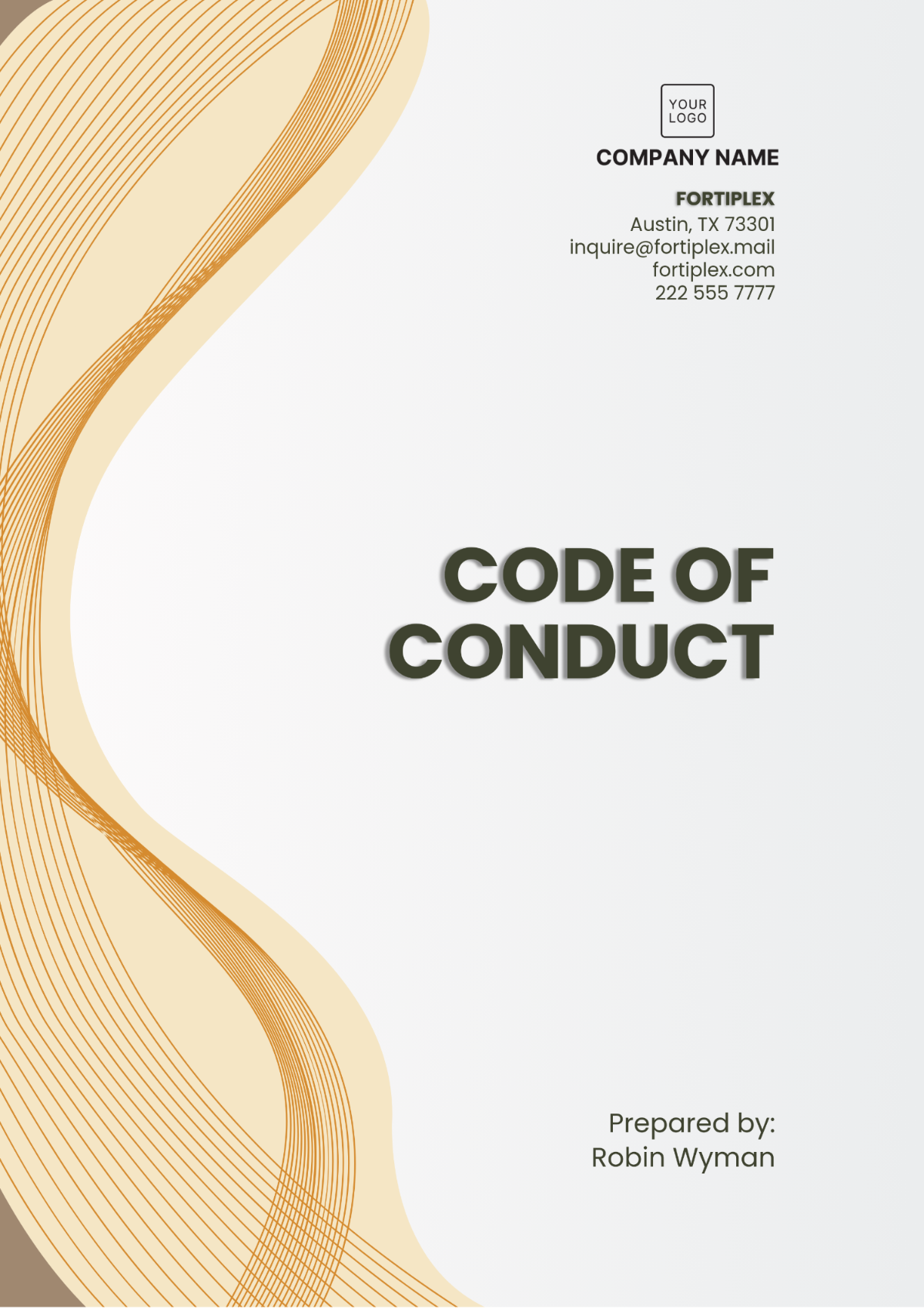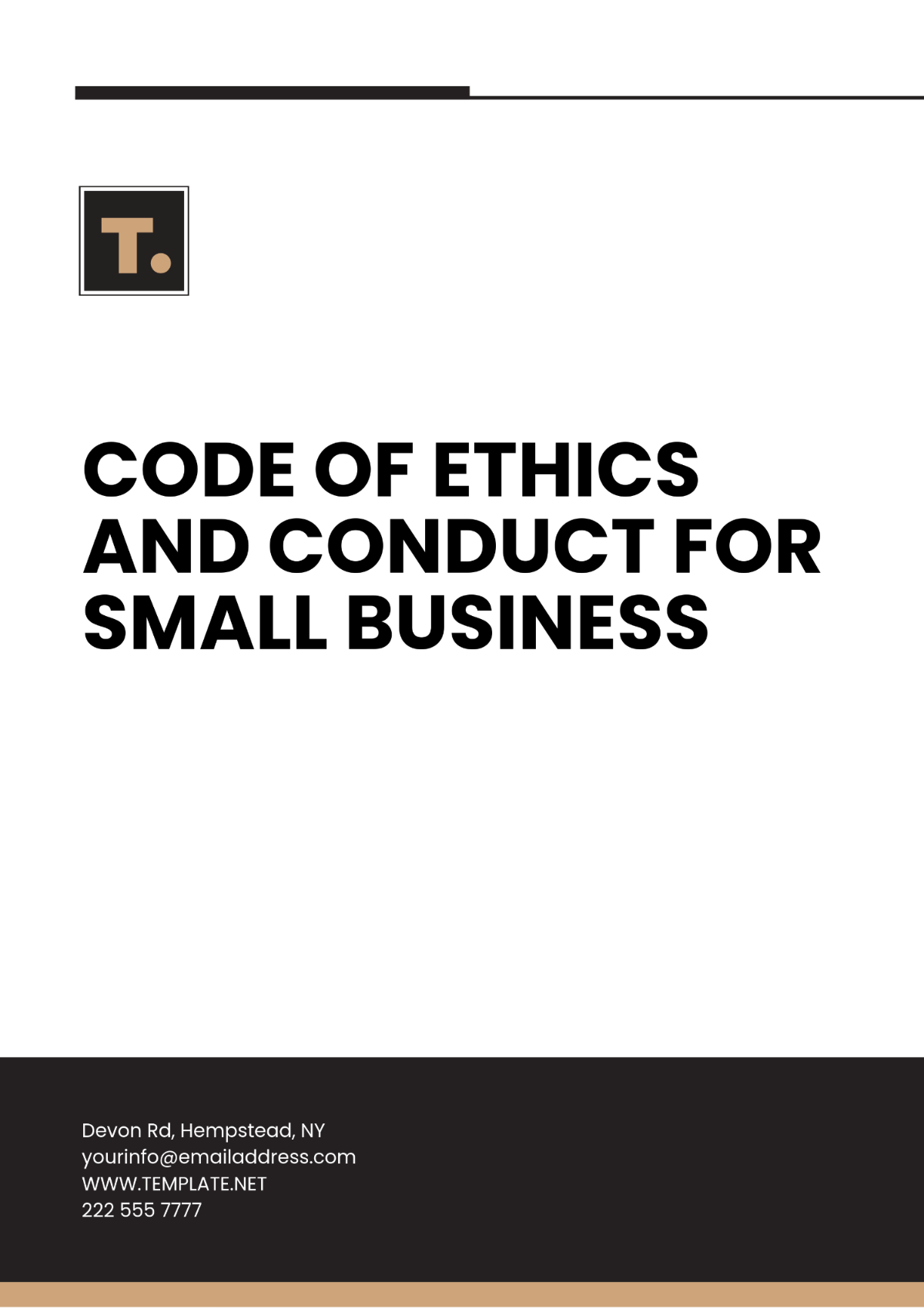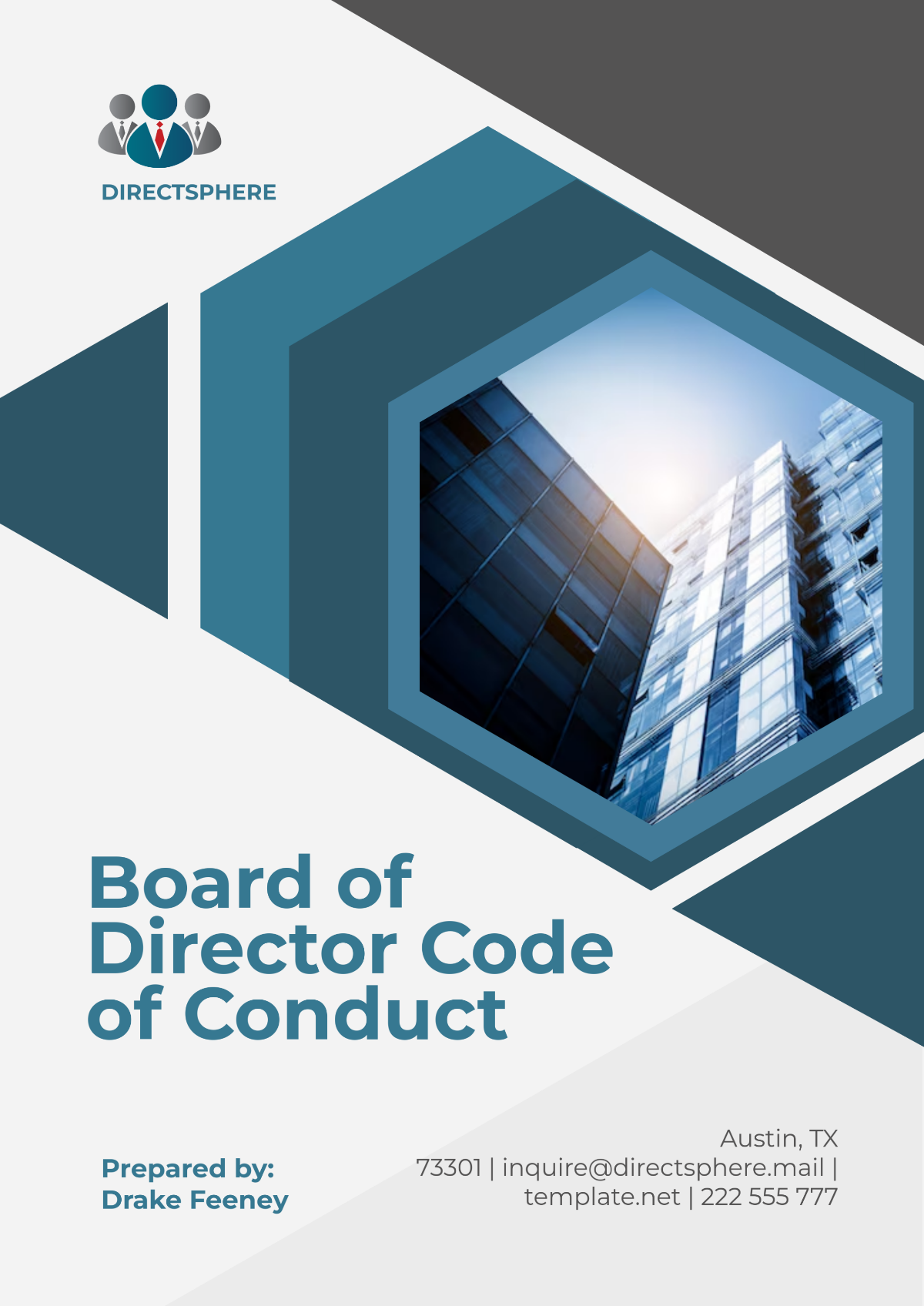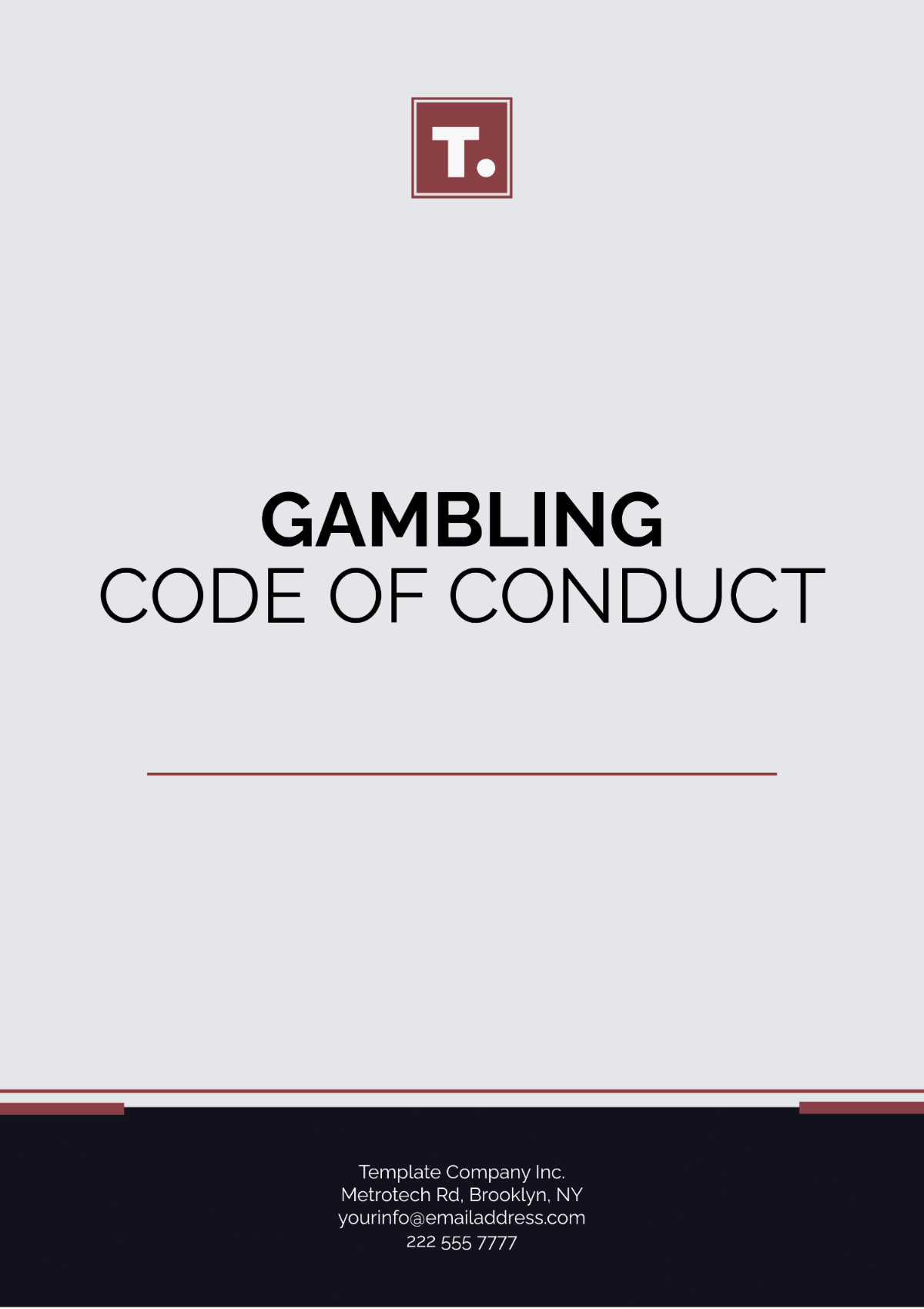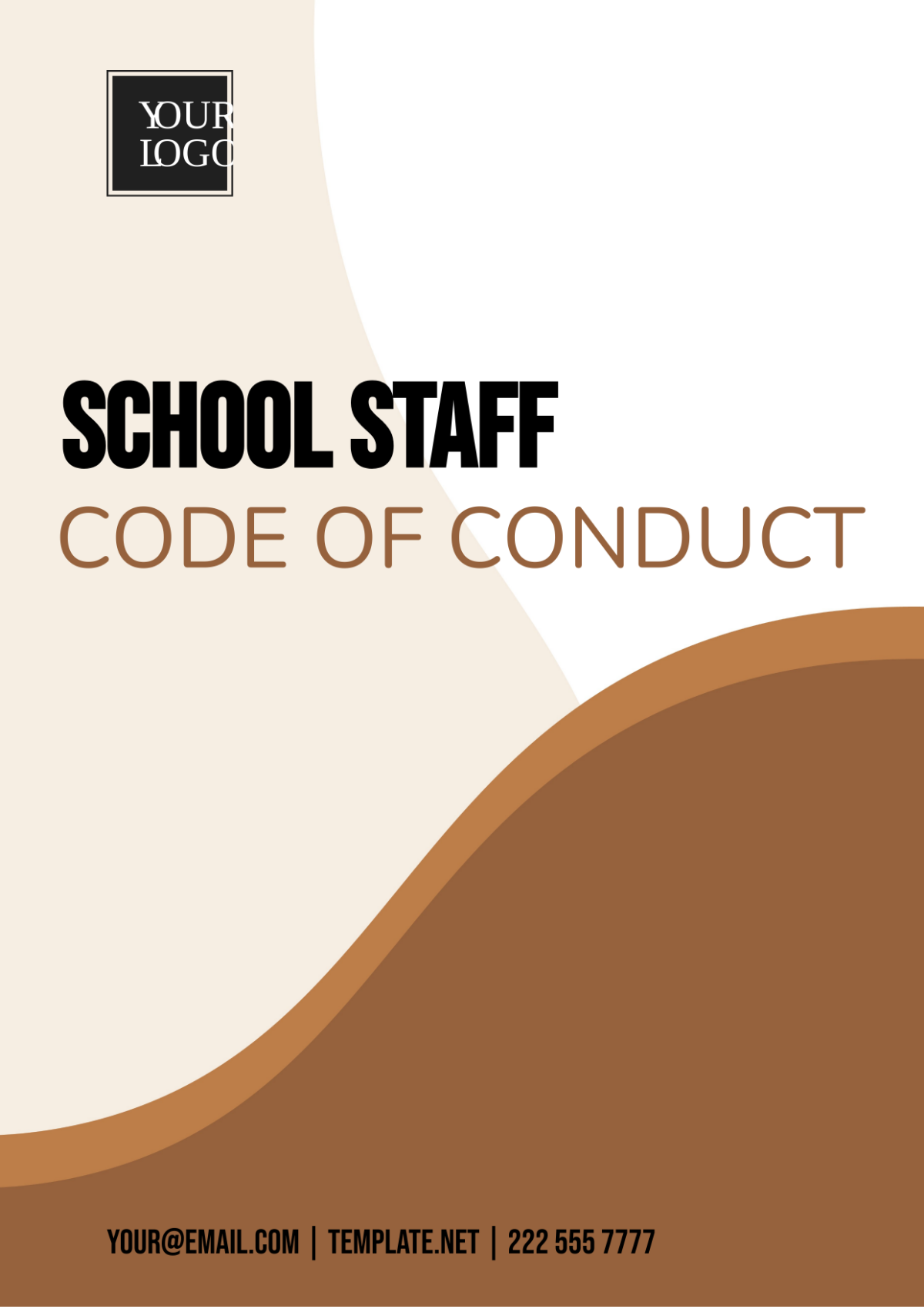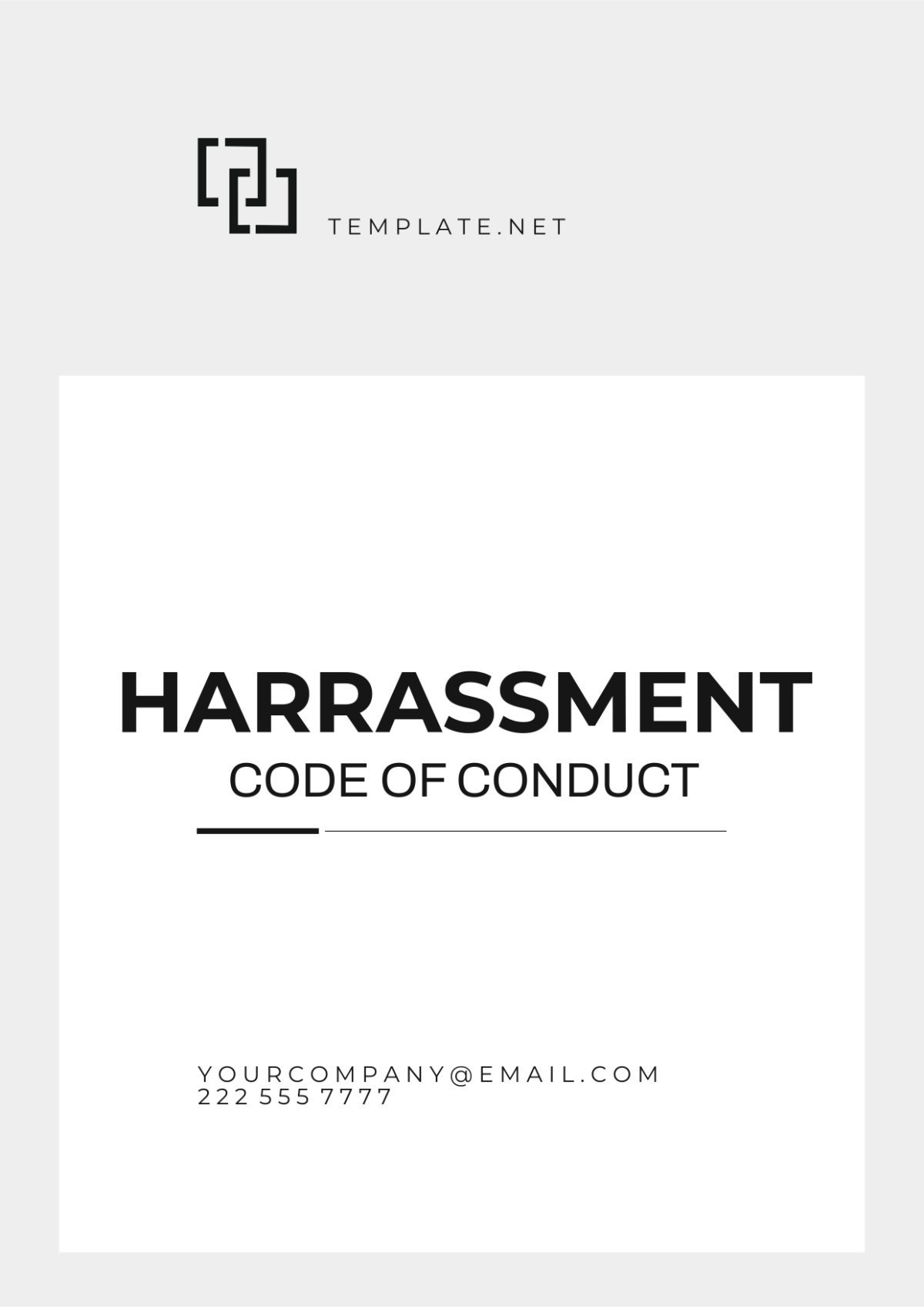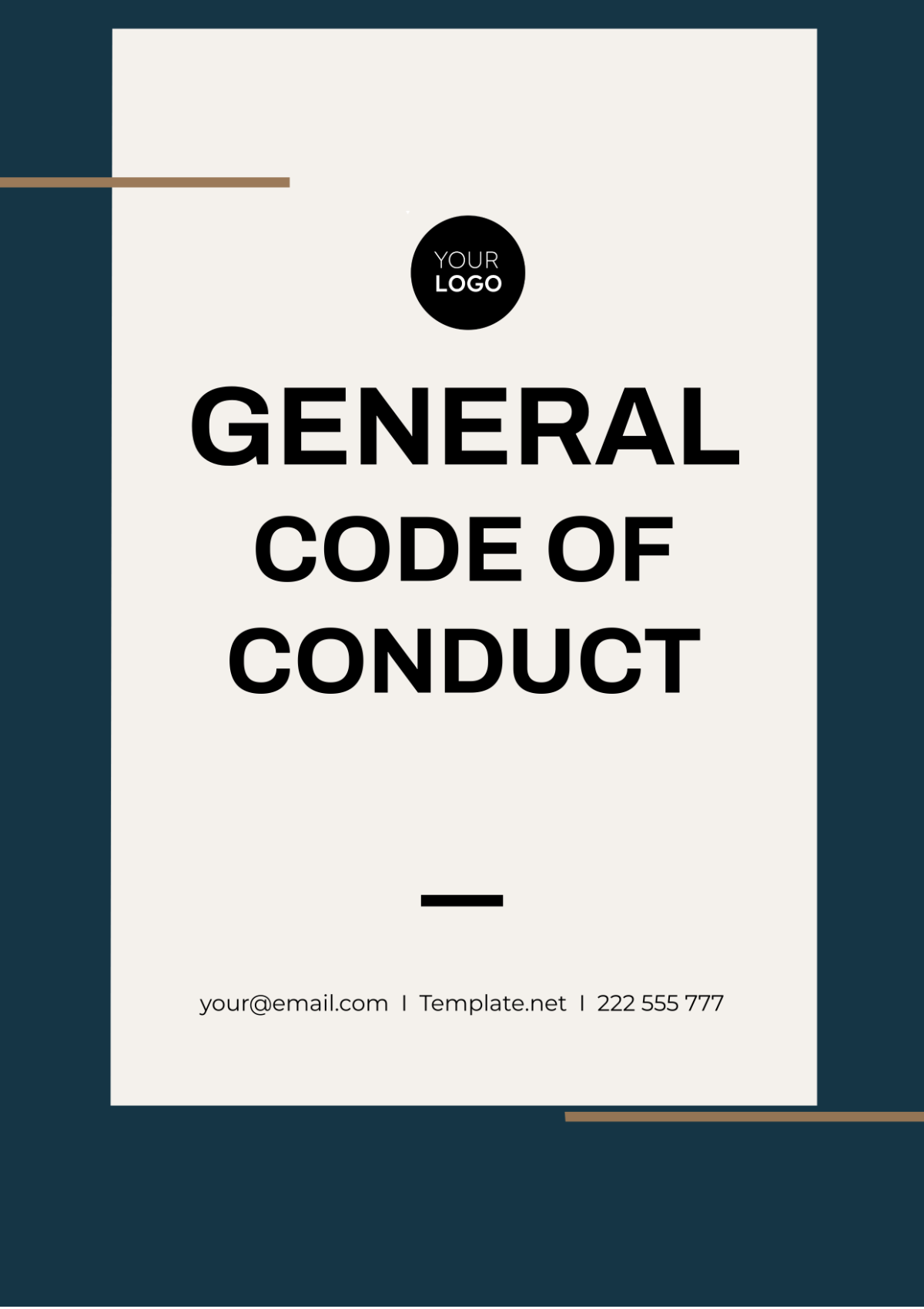Classroom Code of Conduct
I. Introduction
[Your Company Name] is committed to providing an effective, supportive, and respectful learning environment for all participants, including both students and educators. The following Classroom Code of Conduct outlines expectations and guidelines to promote a constructive and positive learning experience.
II. Expectations for Students
2.1 Respectful Behavior
Respect for Others: Treat everyone with respect, listen actively, and avoid disrespectful actions or language. Embrace diversity and different viewpoints to create a respectful and understanding environment.
Conflict Resolution: Resolve conflicts calmly and respectfully, using effective communication skills like active listening and constructive expression. Seek help from teachers or counselors when needed for fair resolutions.
Diversity and Inclusion: Respect differences in race, culture, gender, religion, and abilities. Avoid discrimination, promote inclusivity, and engage respectfully with diverse backgrounds to foster empathy and collaboration.
2.2 Academic Integrity
Honesty in Work: Complete work independently without plagiarism, citing sources correctly to give credit and avoid misrepresentation.
Citation Standards: Follow [APA/MLA/Chicago] formatting guidelines for proper citation throughout assignments, including quotes, paraphrases, and references.
Collaboration: Respect peers' contributions, communicate effectively in group work, and maintain academic honesty by acknowledging shared efforts and citing sources correctly.
III. Expectations for Educators
3.1 Professional Conduct
Respectful Interaction: It is important to treat every individual with fairness, engage in active listening, and appreciate the wide range of diverse perspectives to nurture a sense of mutual respect and enhance understanding among everyone.
Effective Communication: Ensure that stakeholders are consistently kept well-informed, make it a priority to respond to inquiries promptly, and address any concerns professionally to maintain a high level of transparency and foster trust.
Professional Development: Engage in ongoing learning activities to enhance teaching skills, stay updated with educational advancements, and provide high-quality education.
3.2 Classroom Management
Consistency: Implement and uphold regulations fairly and consistently, ensuring that there are clear expectations and defined consequences for behavior, all to maintain a disciplined and conducive learning environment.
Supportive Environment: Offer academic assistance, clarify concepts, and create a comfortable atmosphere for students to seek help and express their academic needs.
Safety Measures: Implement safety protocols, maintain orderliness, and promote respectful interactions among students for a secure and conducive learning atmosphere.
IV. Attendance and Punctuality
Timely Arrival: Arriving on time maximizes learning, shows responsibility, and fosters a respectful environment by minimizing disruptions and optimizing instructional time.
Notification: Informing ahead of absences or tardiness allows for planning, shows respect for learning, and helps teachers support students' learning continuity.
Attendance Records: Maintaining accurate attendance helps monitor student engagement, identify trends, and address concerns promptly, supporting academic success and fulfilling regulatory requirements.
V. Technology and Materials Usage
Device Policies: Follow school guidelines for using electronic devices during class to maintain focus and productivity. Adhere to specific rules for device usage, such as using them for research or educational purposes during designated times.
Internet Usage: Use the internet responsibly for academic purposes by accessing relevant and credible information. Avoid non-academic websites during class unless instructed otherwise, and apply critical thinking skills to evaluate online sources.
Care of Materials: Handle school materials and technology devices with care to show respect for resources. Follow instructions for proper use, store materials safely, and report damages promptly to maintain a positive learning environment.
VI. Homework and Assignments
Timely Completion: Completing homework and assignments by deadlines shows responsibility and allows for effective time management. It ensures that learning objectives are met on schedule and helps students stay organized.
Quality Work: Submitting work that reflects effort and understanding demonstrates mastery of concepts and contributes to academic growth. It shows engagement with learning materials and allows for meaningful feedback from teachers.
Late Work Policy: Adhering to the school's policy on late submissions helps maintain fairness and consistency in grading. It encourages students to prioritize deadlines and fosters accountability.
VII. Behavioral Expectations
Language and Behavior: Using appropriate language and behavior promotes a positive and respectful classroom environment. It ensures constructive interactions among students and with teachers, contributing to a conducive learning atmosphere.
Classroom Etiquette: Following classroom rules and guidelines for behavior helps maintain order and focus during instructional time. It respects the rights of others to learn without distractions.
Positive Contributions: Contributing positively to discussions and activities enriches the learning experience for everyone. It encourages collaboration, critical thinking, and active engagement in classroom activities.
VIII. Assessment and Grading
Evaluation Criteria: Understanding grading criteria helps students align their efforts with learning goals and expectations. It allows for self-assessment and helps students track their progress.
Feedback: Reviewing and learning from feedback provided by teachers enhances understanding and improves future performance. It encourages reflection and a growth mindset.
Grade Appeals: Following procedures for appealing grades ensures fairness and transparency in assessment. It provides a mechanism for addressing concerns about grading accuracy or fairness.
IX. Bullying and Harassment Policy
Bullying: Reporting incidents of bullying or harassment help maintain a safe and respectful learning environment for all students. It promotes accountability and encourages support for victims.
Support Systems: Accessing school resources for support and intervention ensures students receive appropriate assistance when facing bullying or harassment. It reinforces a culture of care and protection.
Confidentiality: Maintaining confidentiality when reporting or dealing with sensitive issues protects the privacy and well-being of individuals involved. It builds trust and encourages open communication.
X. Disciplinary Procedures and Consequences
Warnings: Receiving warnings for minor violations alerts students to behavioral expectations and encourages corrective actions. It emphasizes the importance of adherence to the Code of Conduct.
Progressive Discipline: Facing progressive disciplinary actions for repeated or serious violations reinforces accountability and promotes behavioral improvement. It ensures consistent consequences for misconduct.
Appeals Process: Following the school's appeals process for disciplinary decisions provides students with a fair and transparent mechanism to address concerns about disciplinary actions. It upholds principles of fairness and due process.
